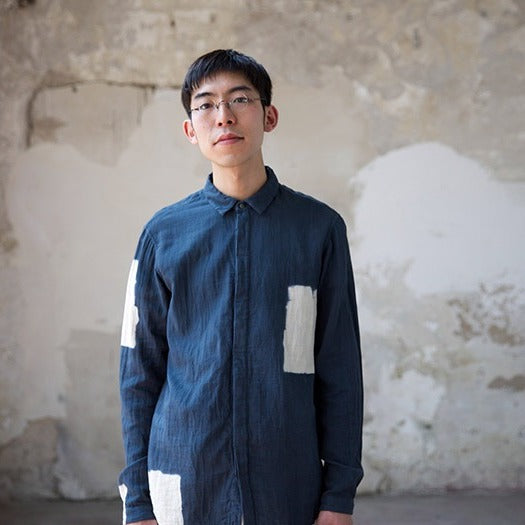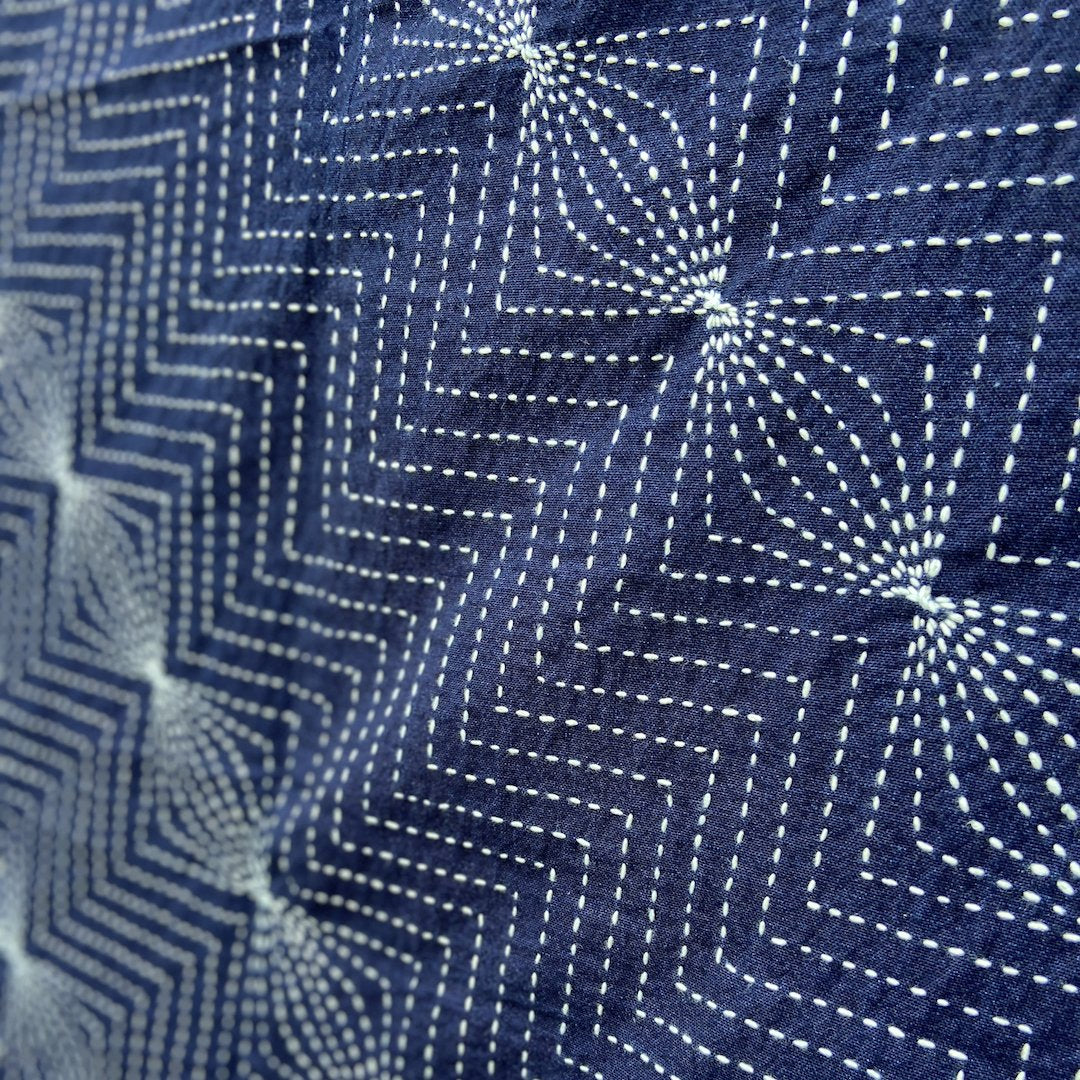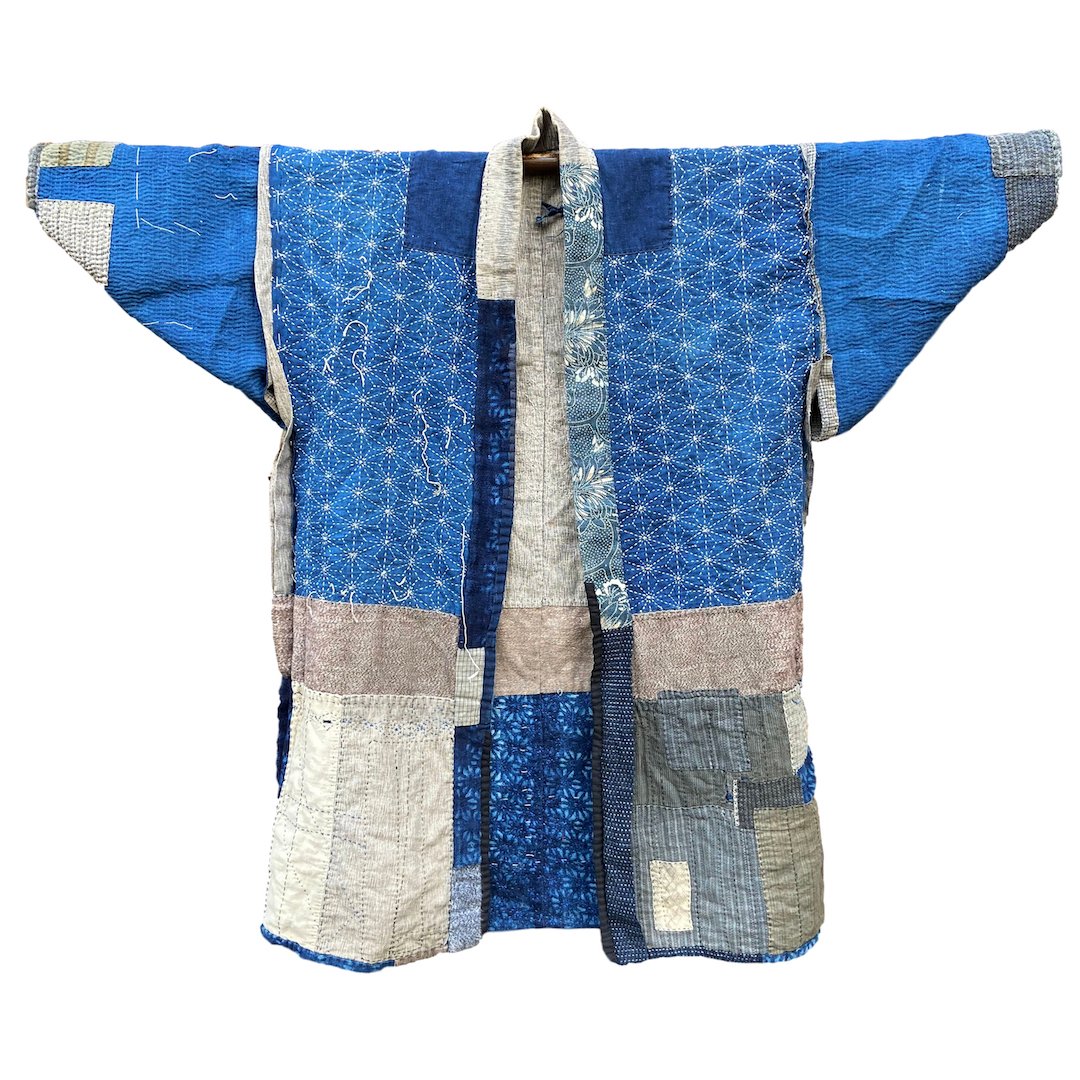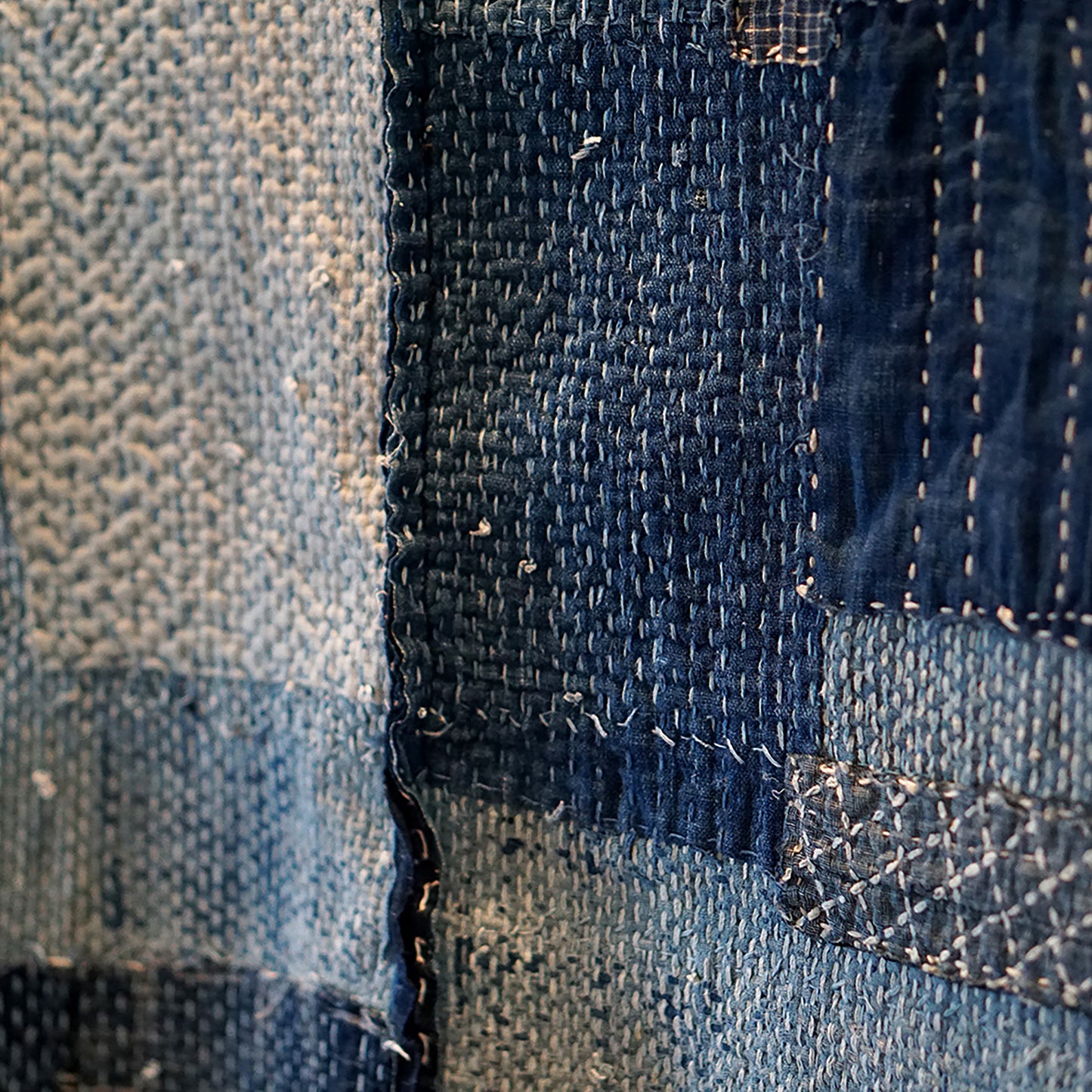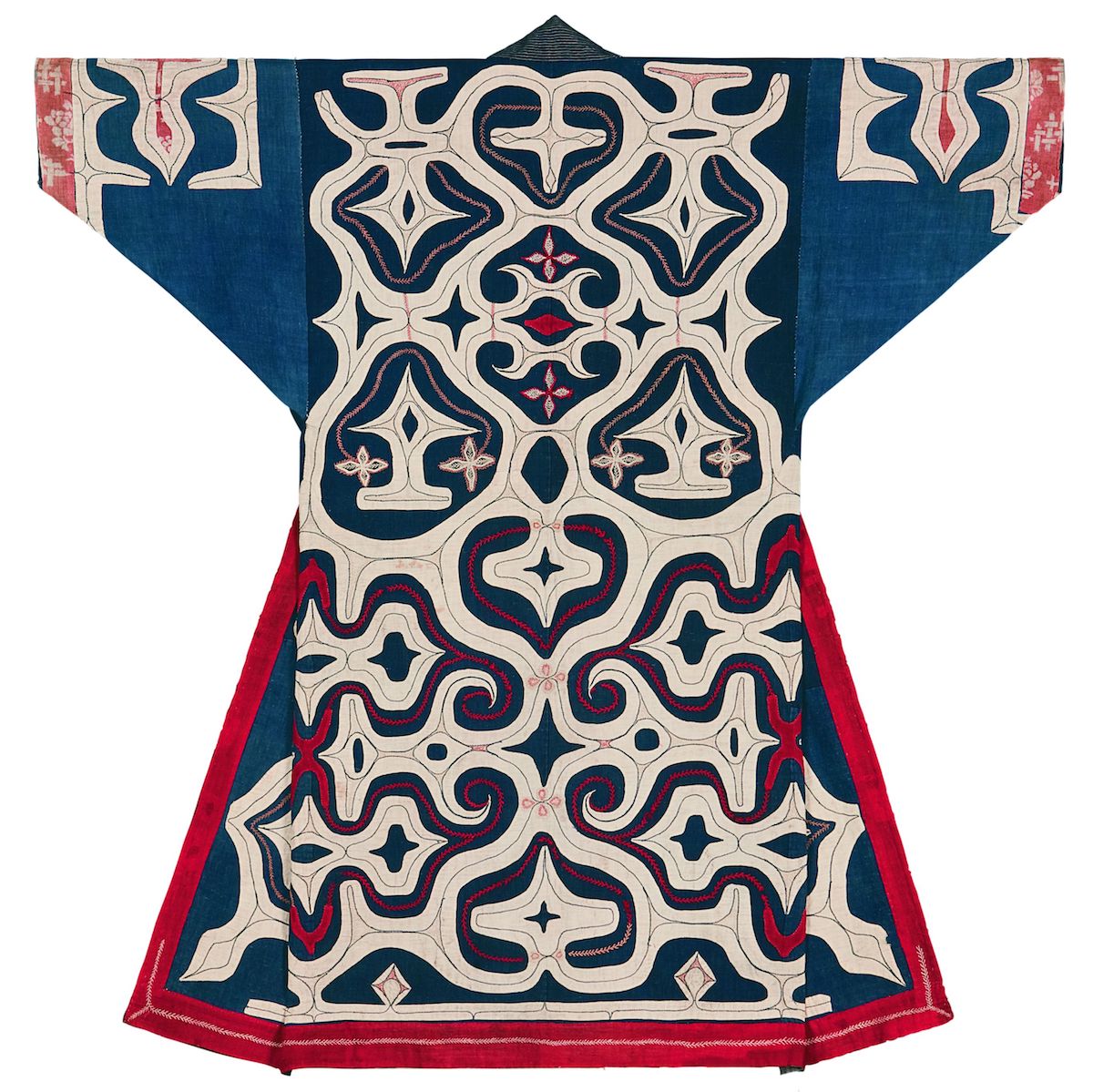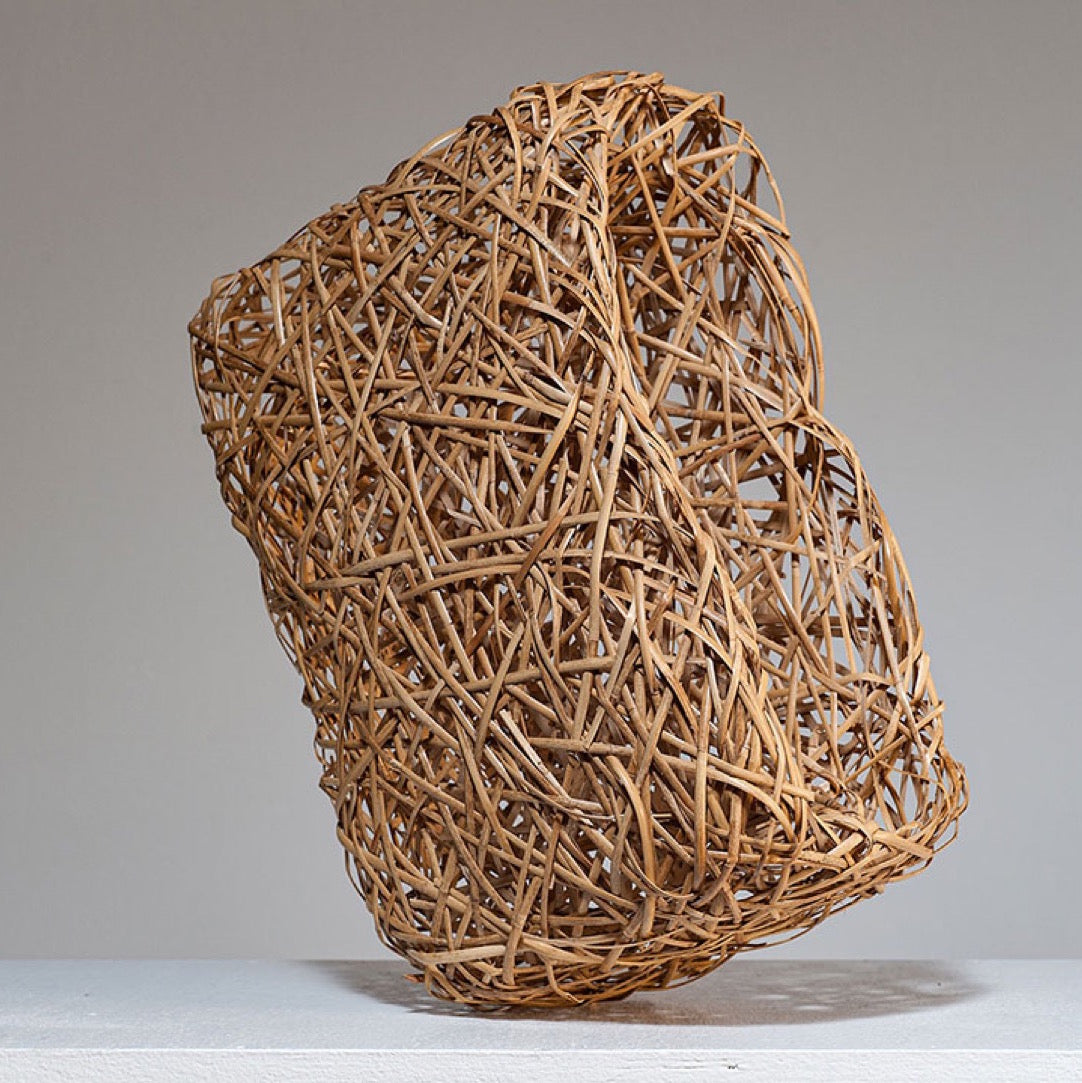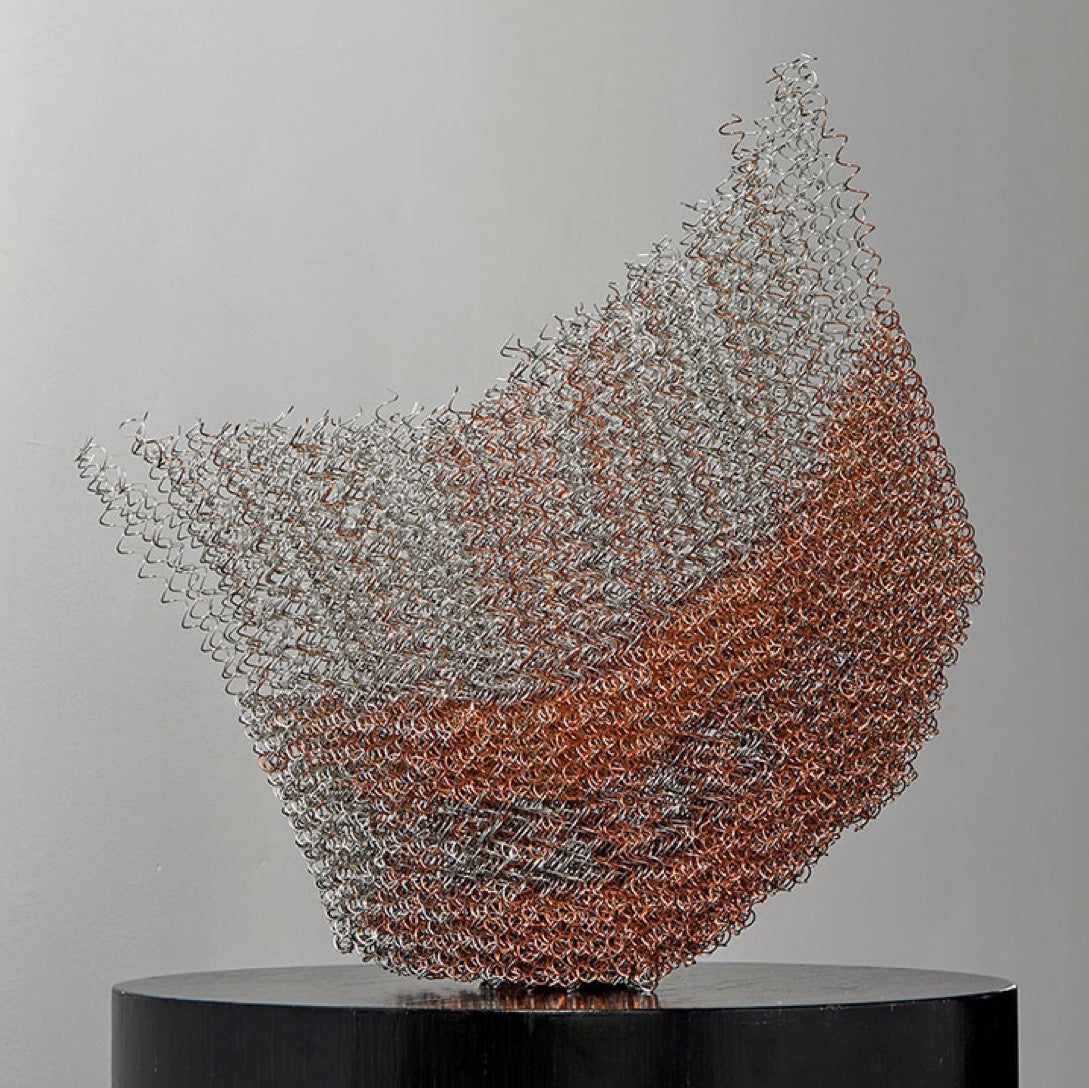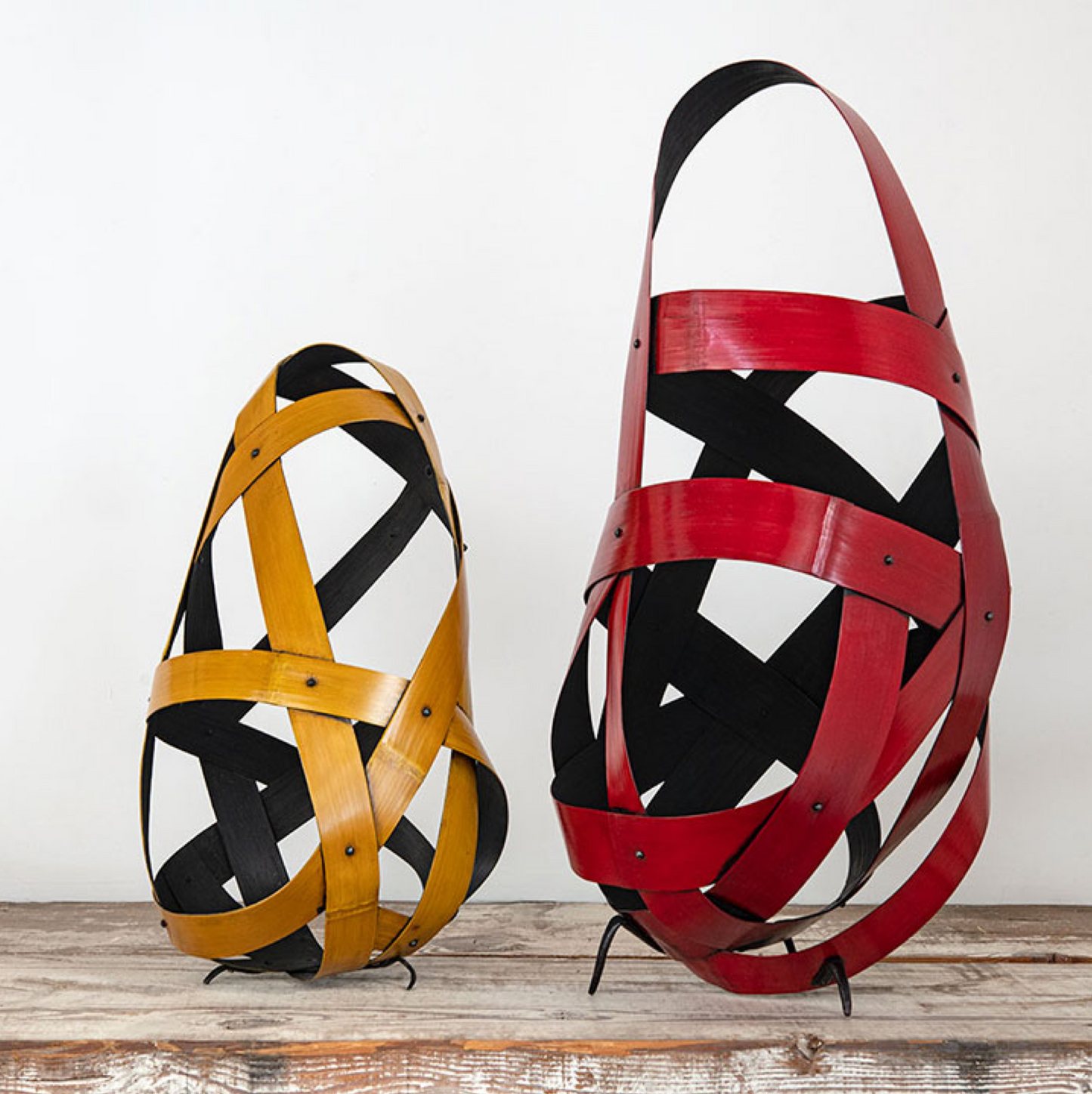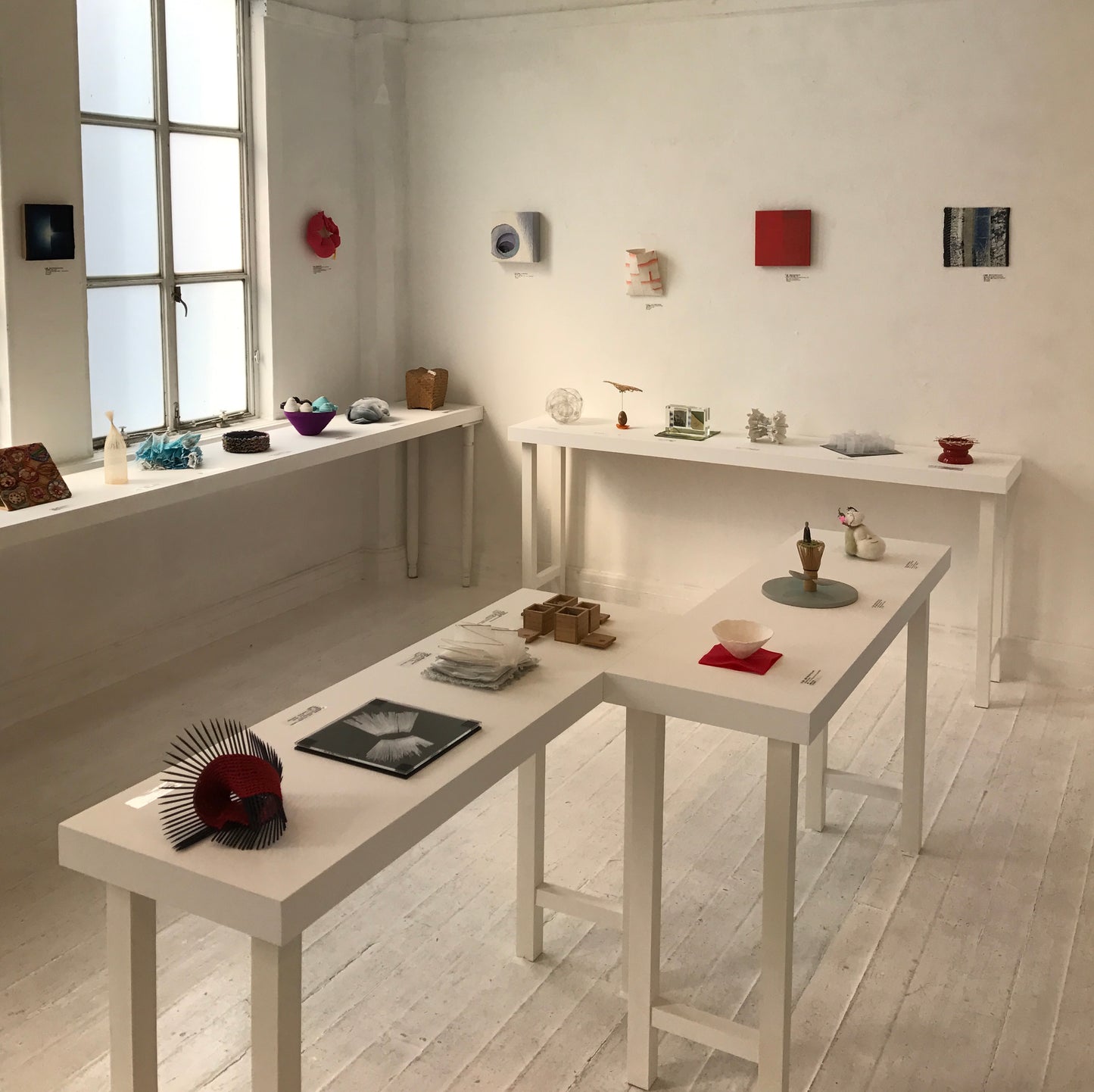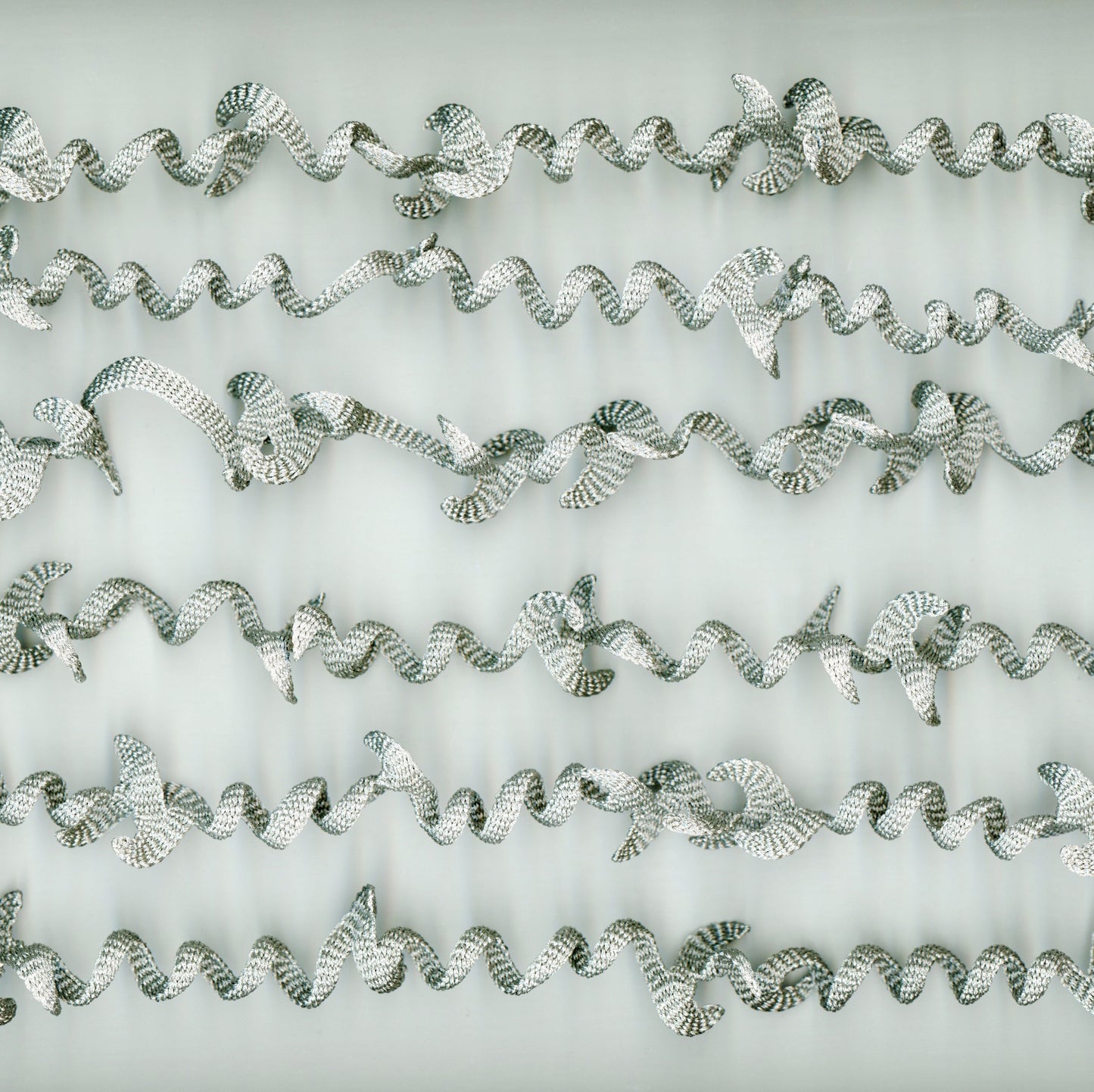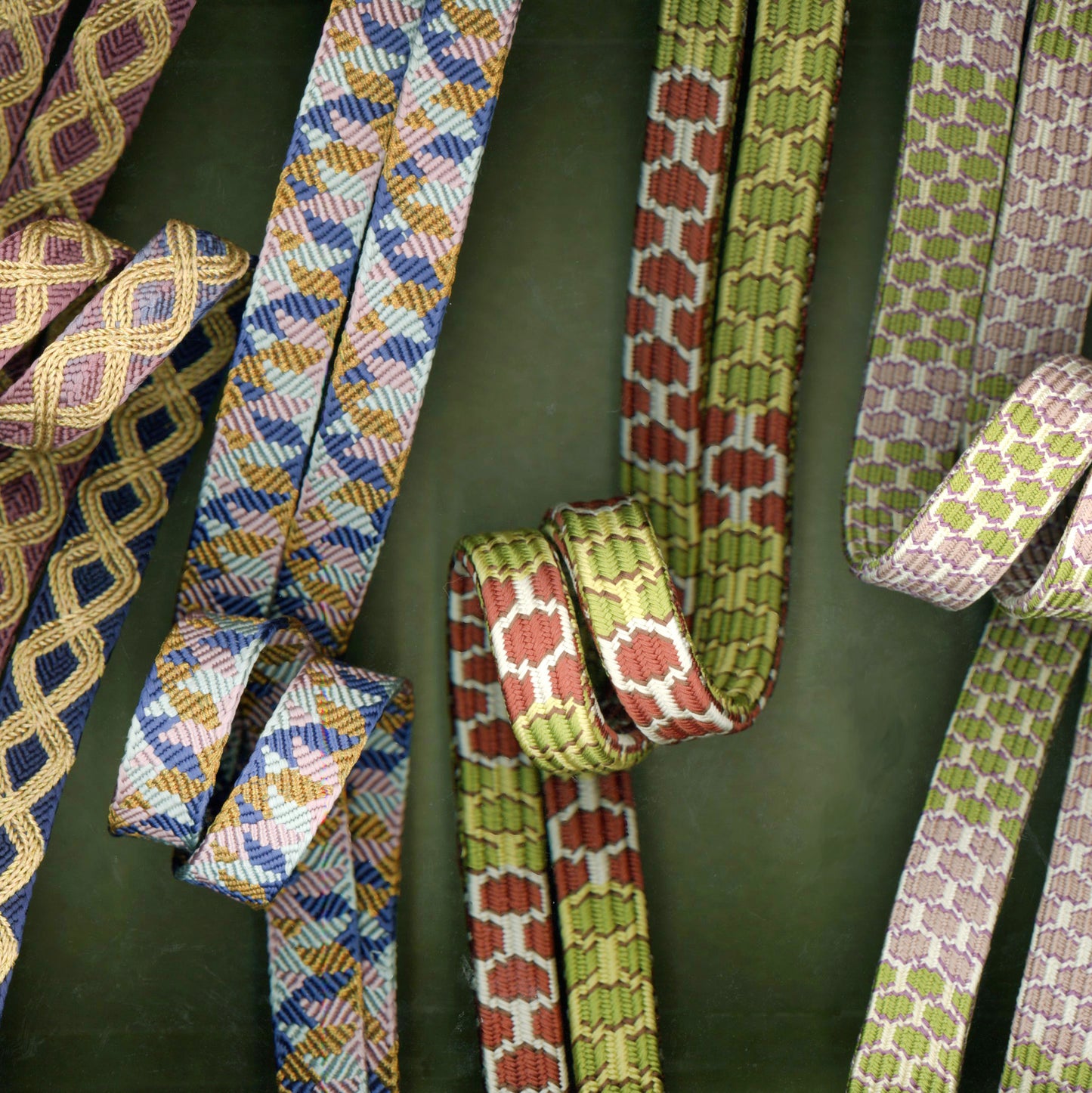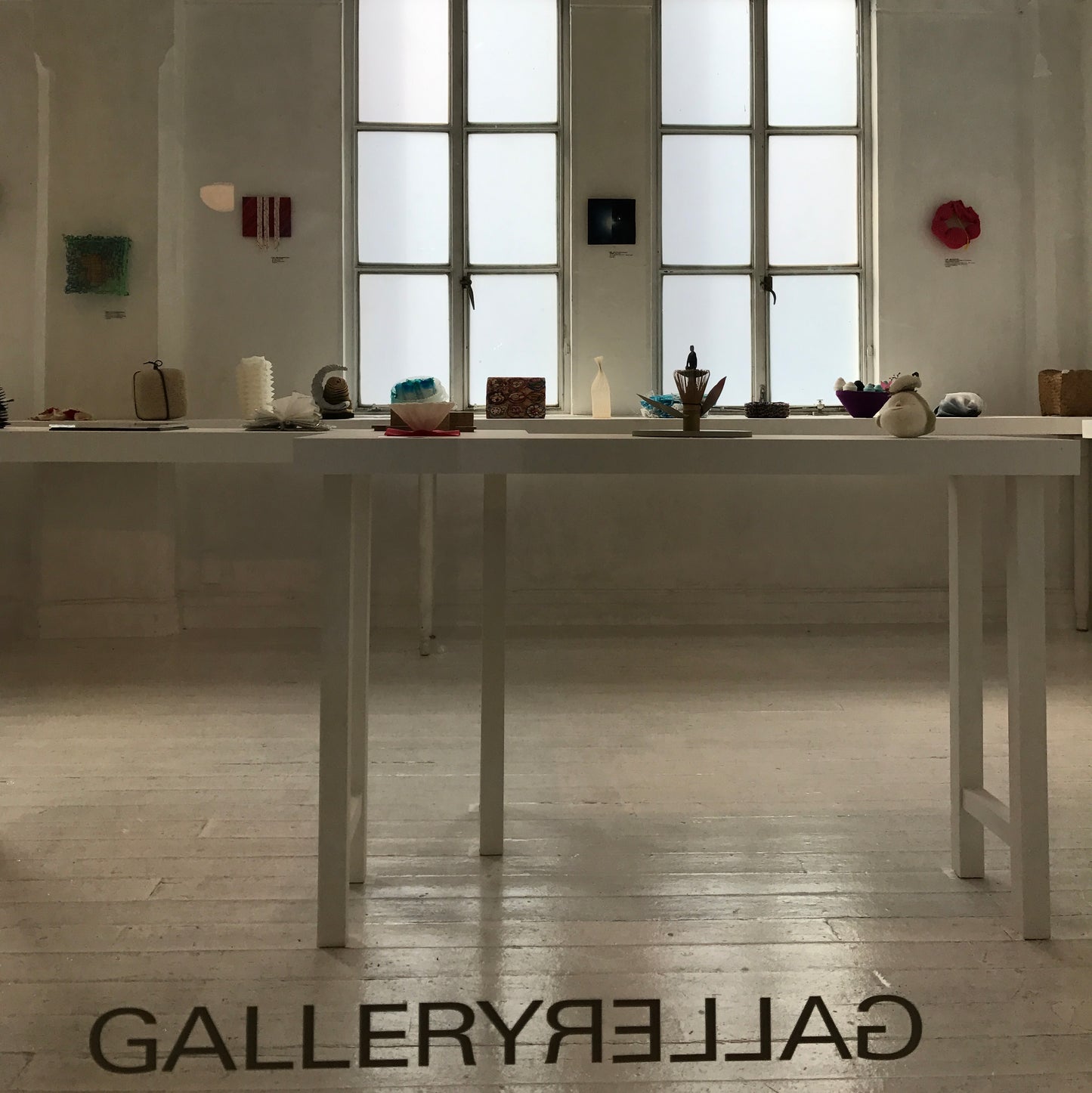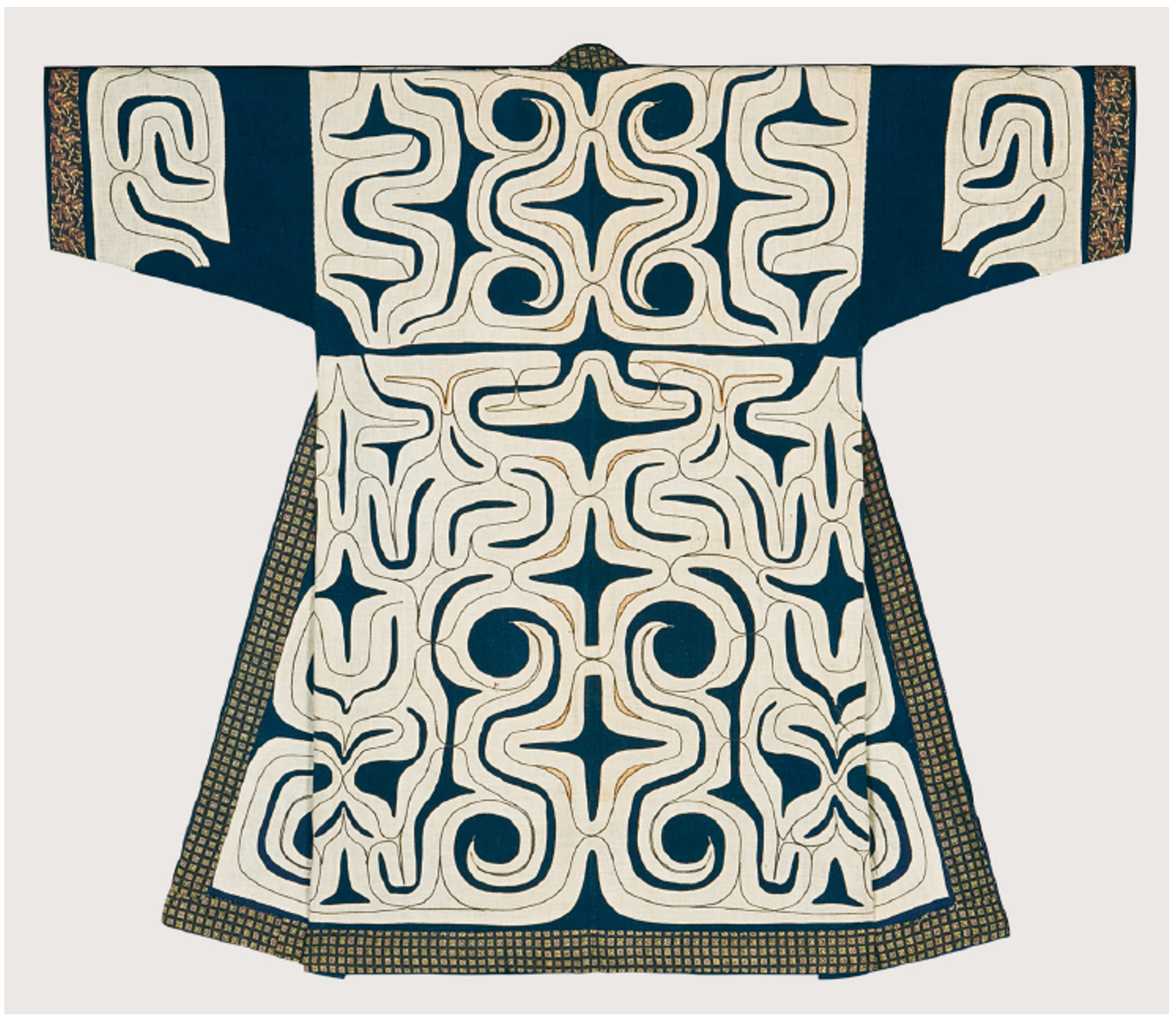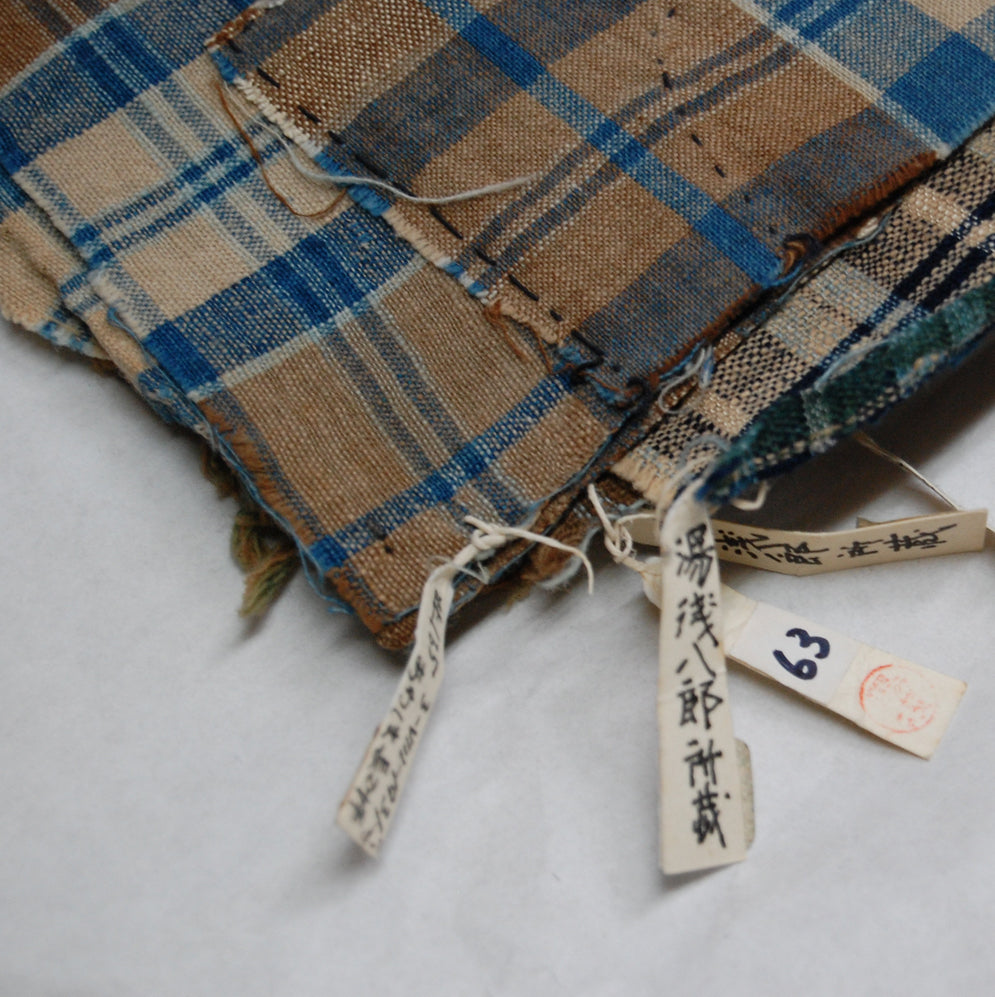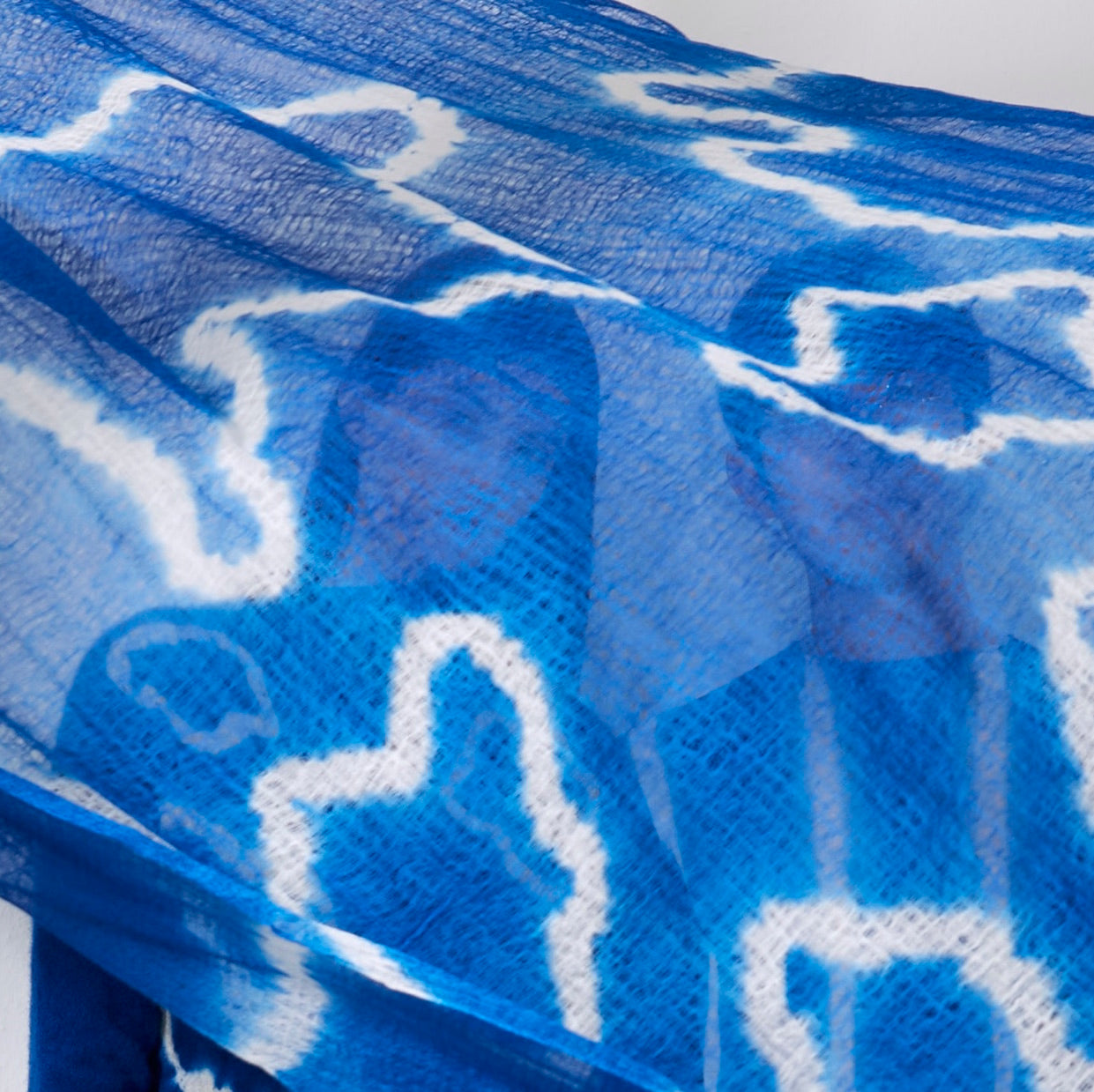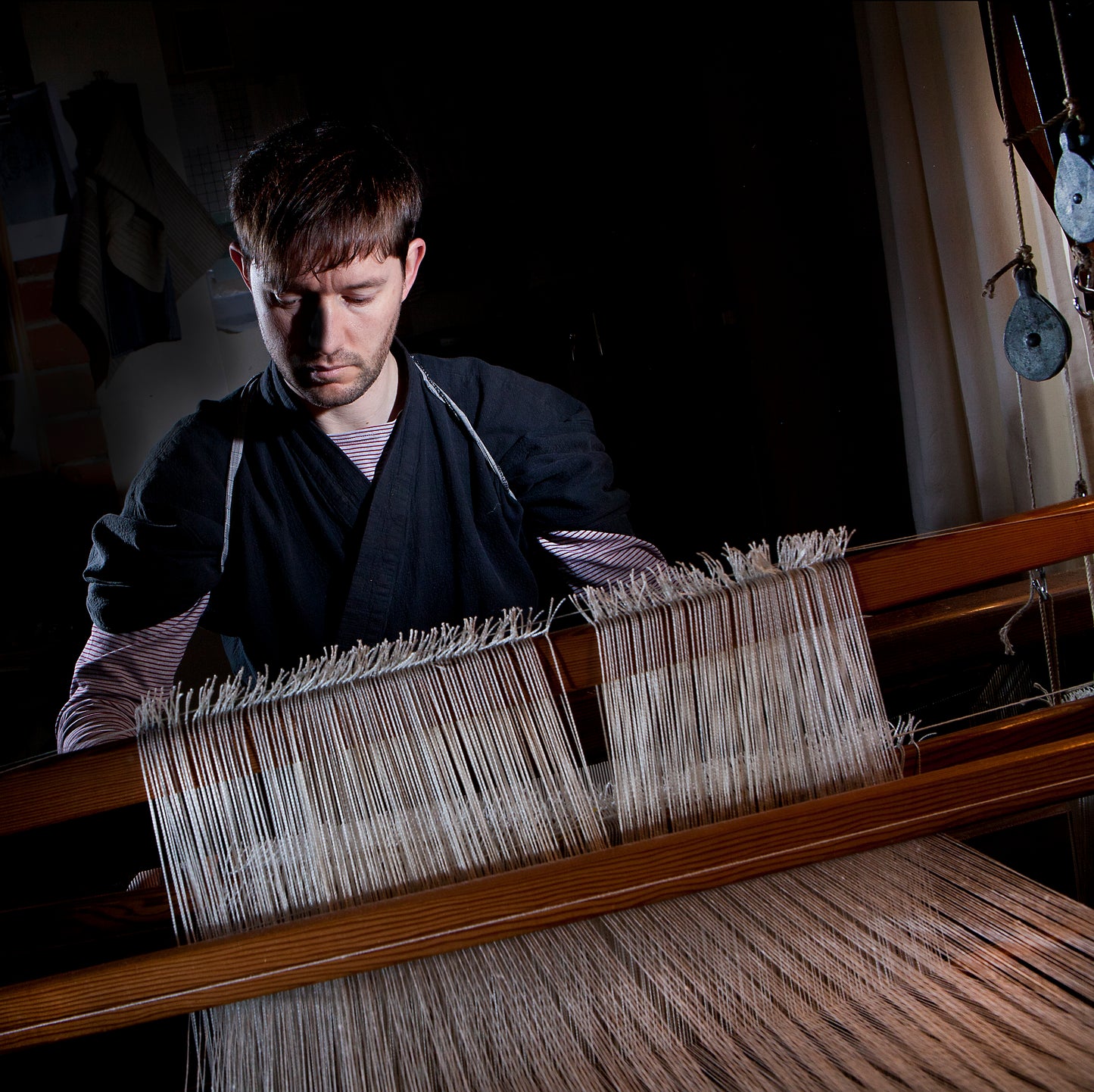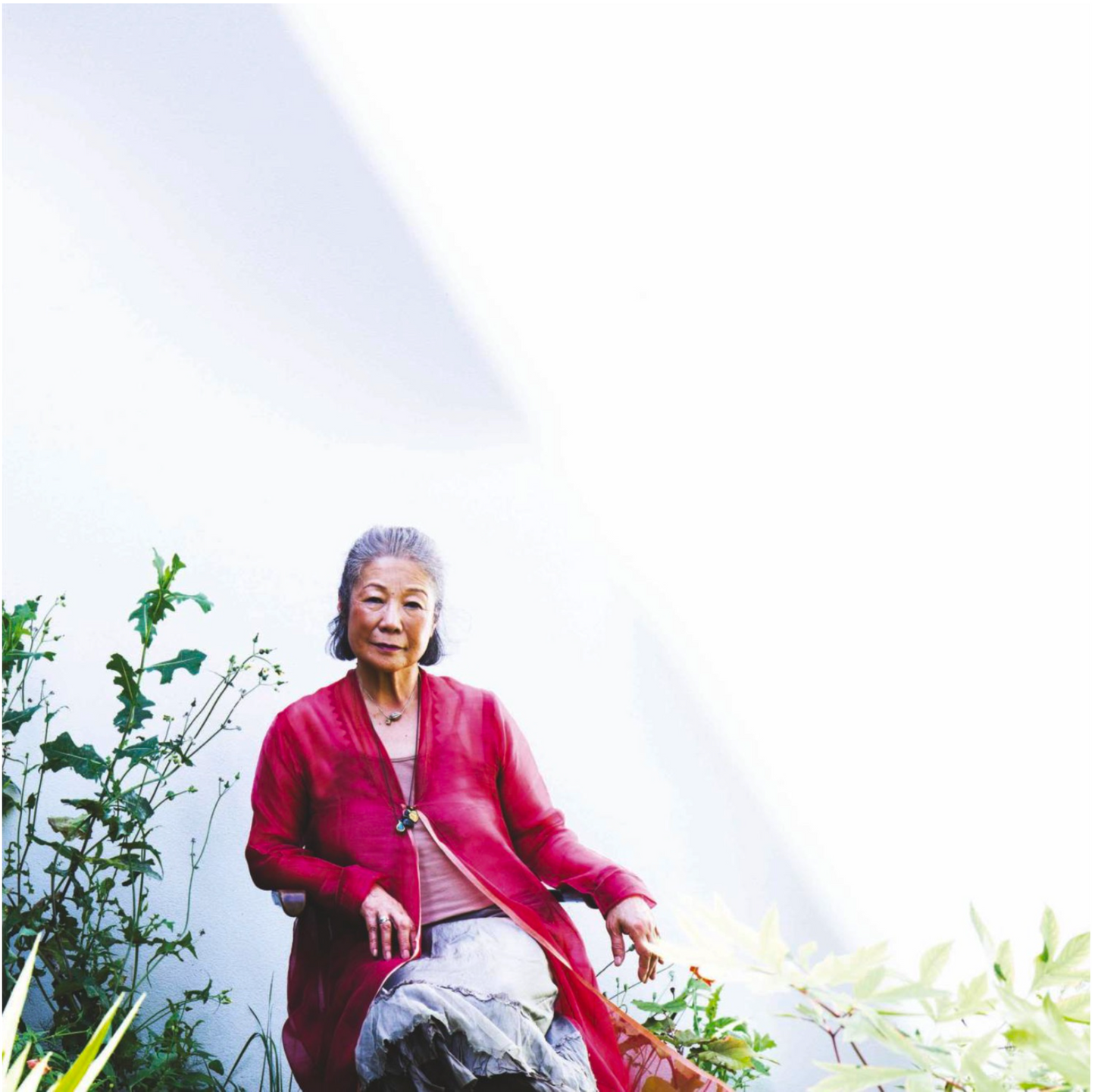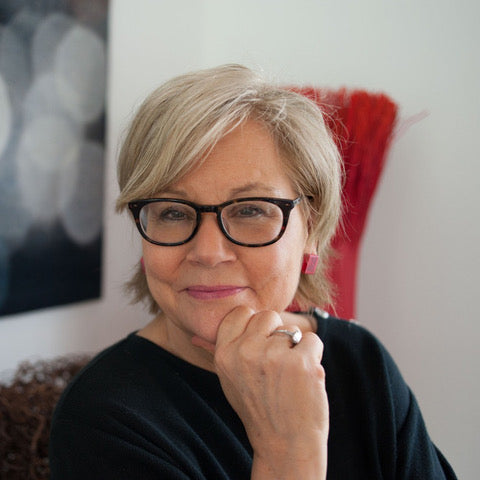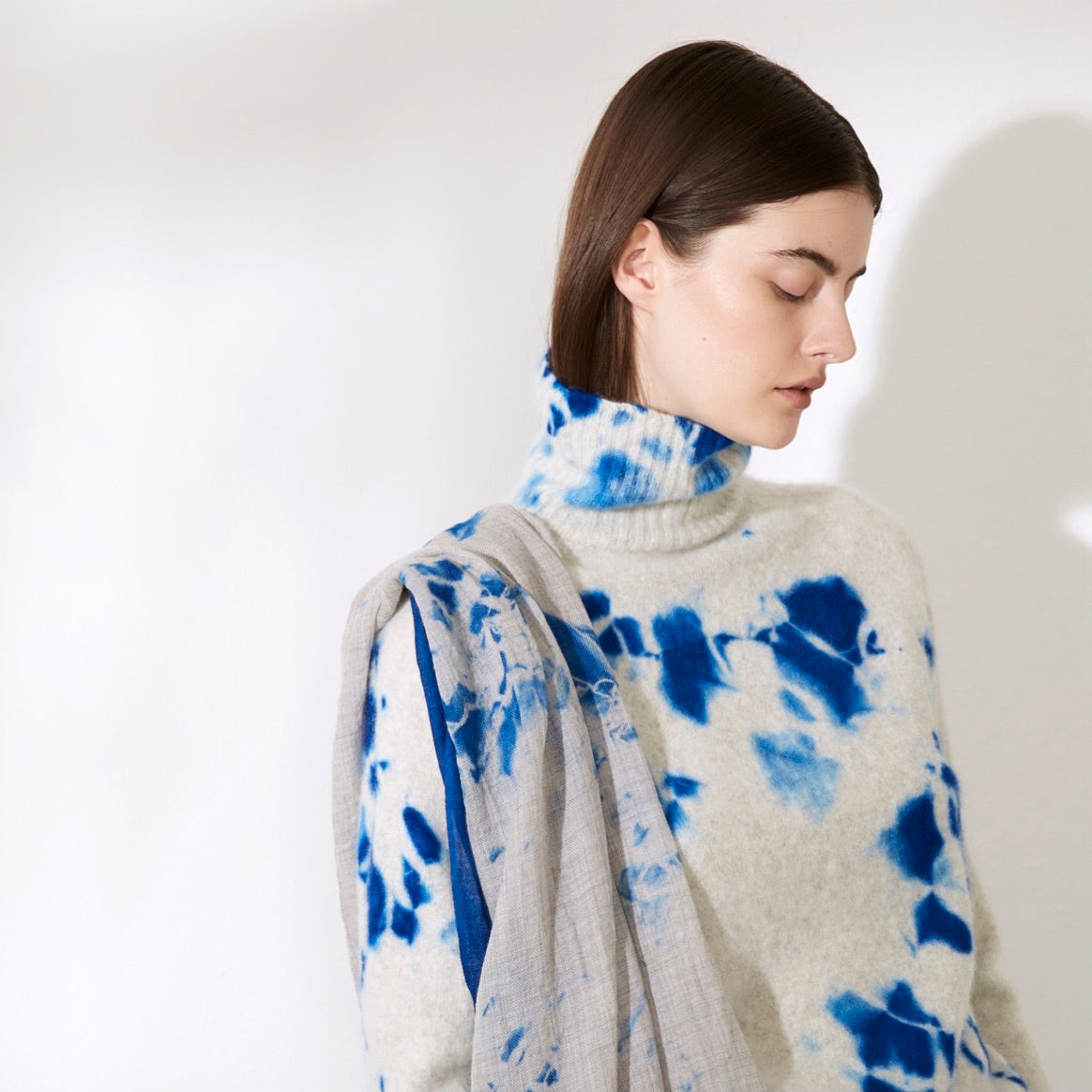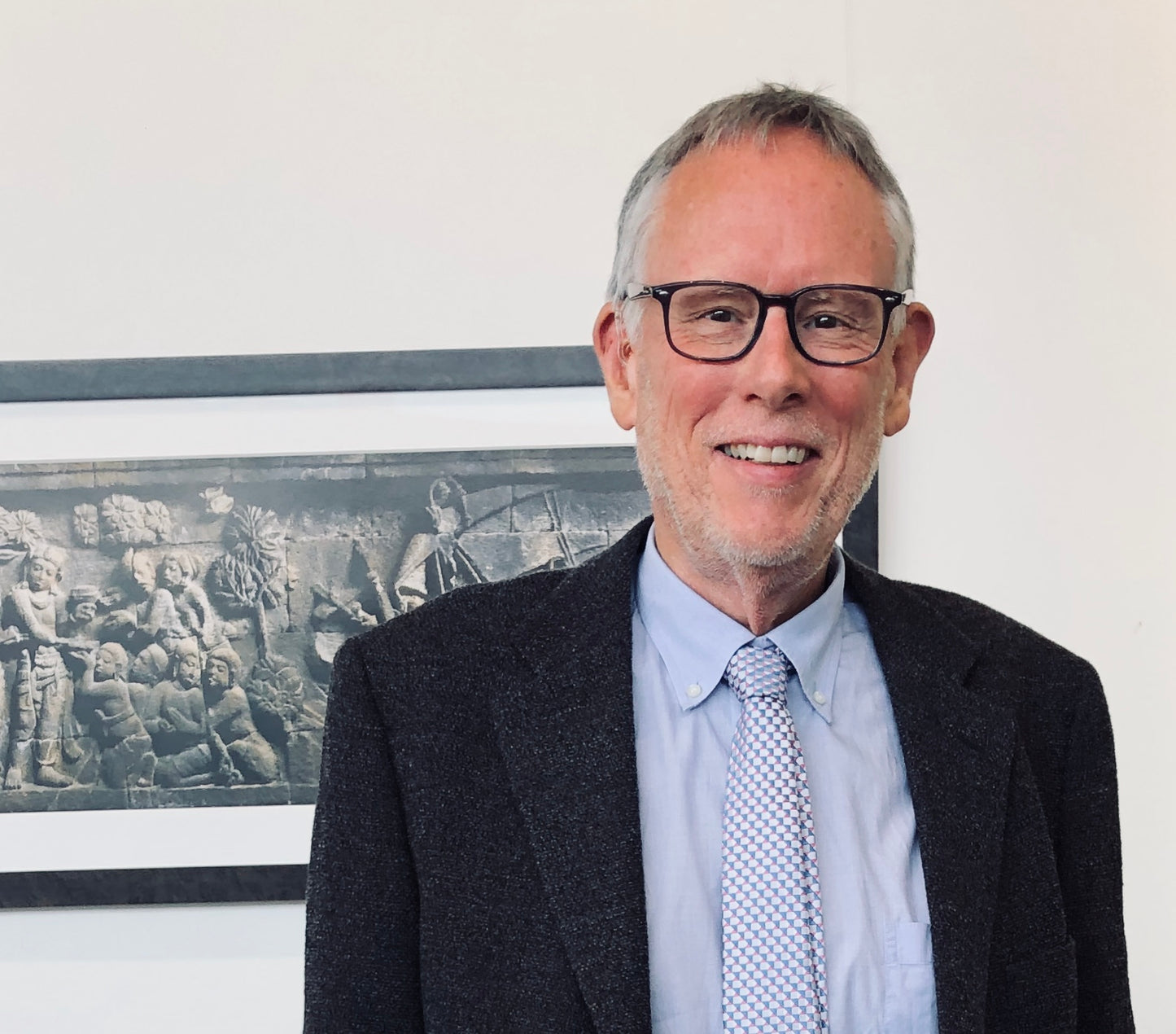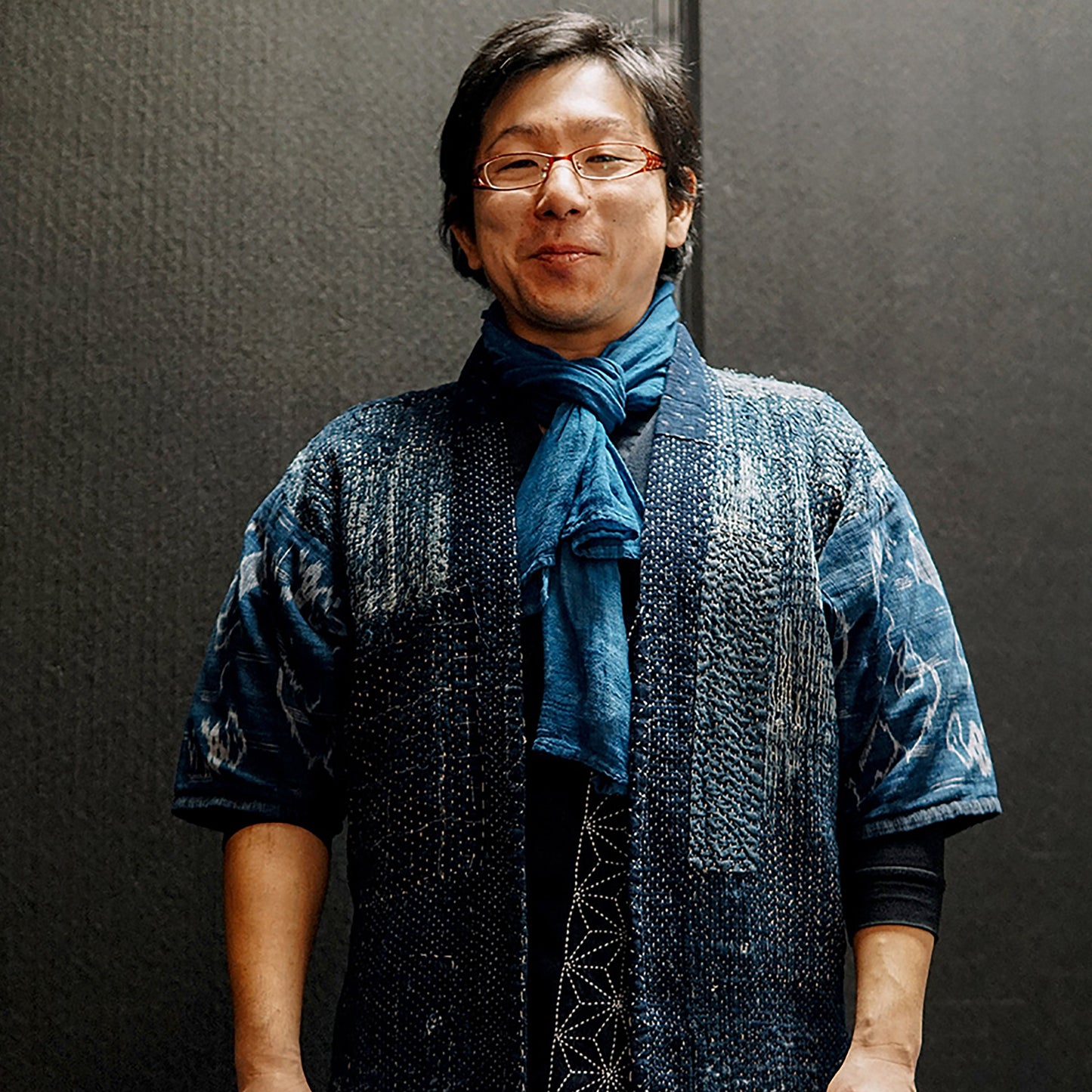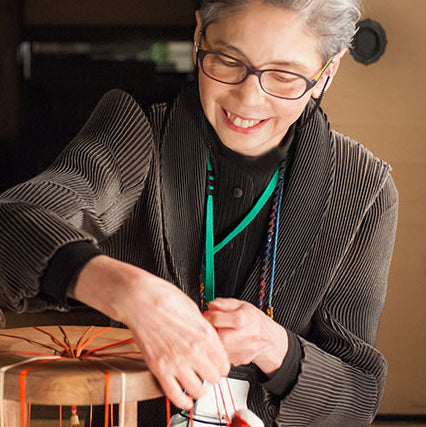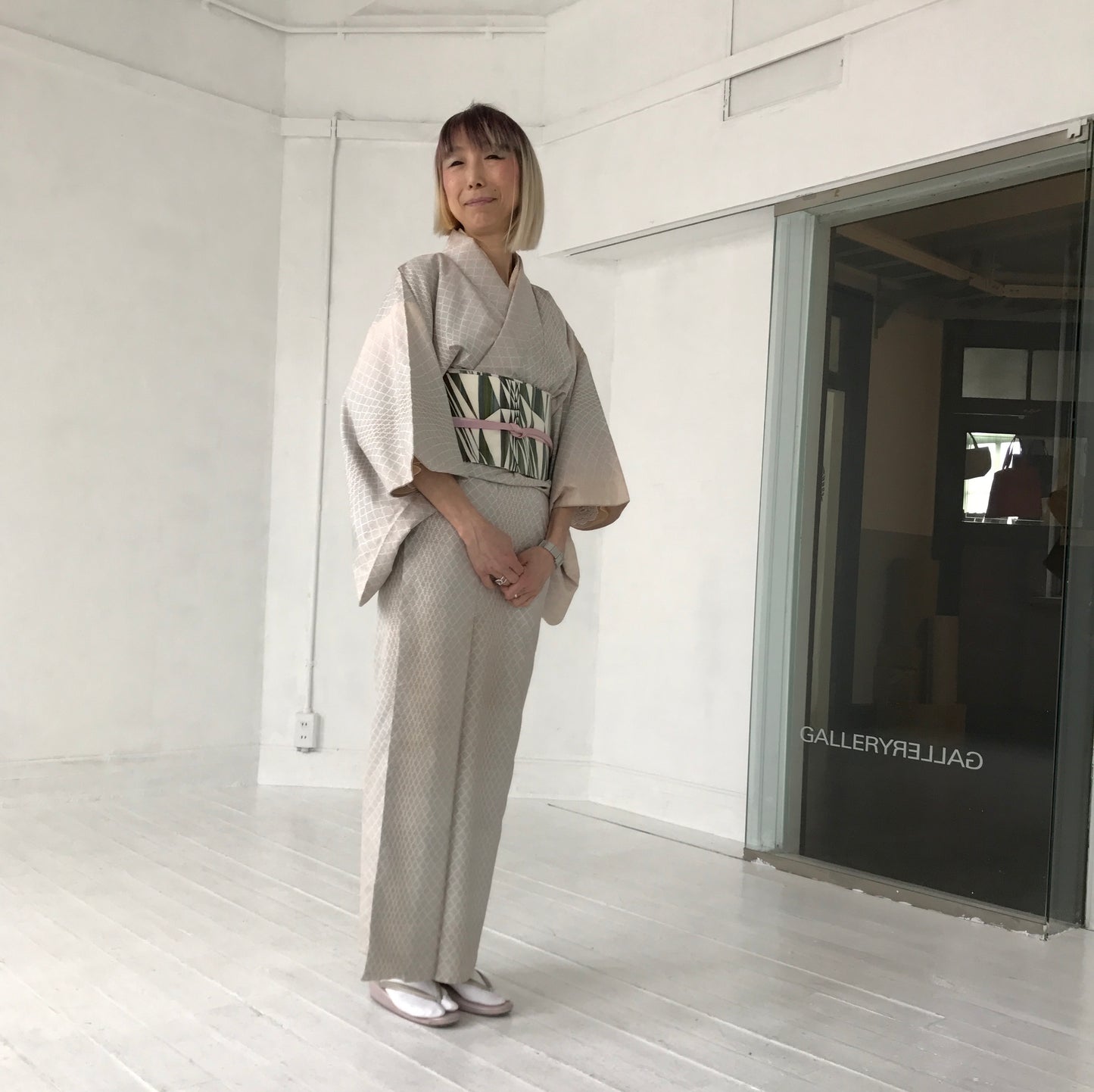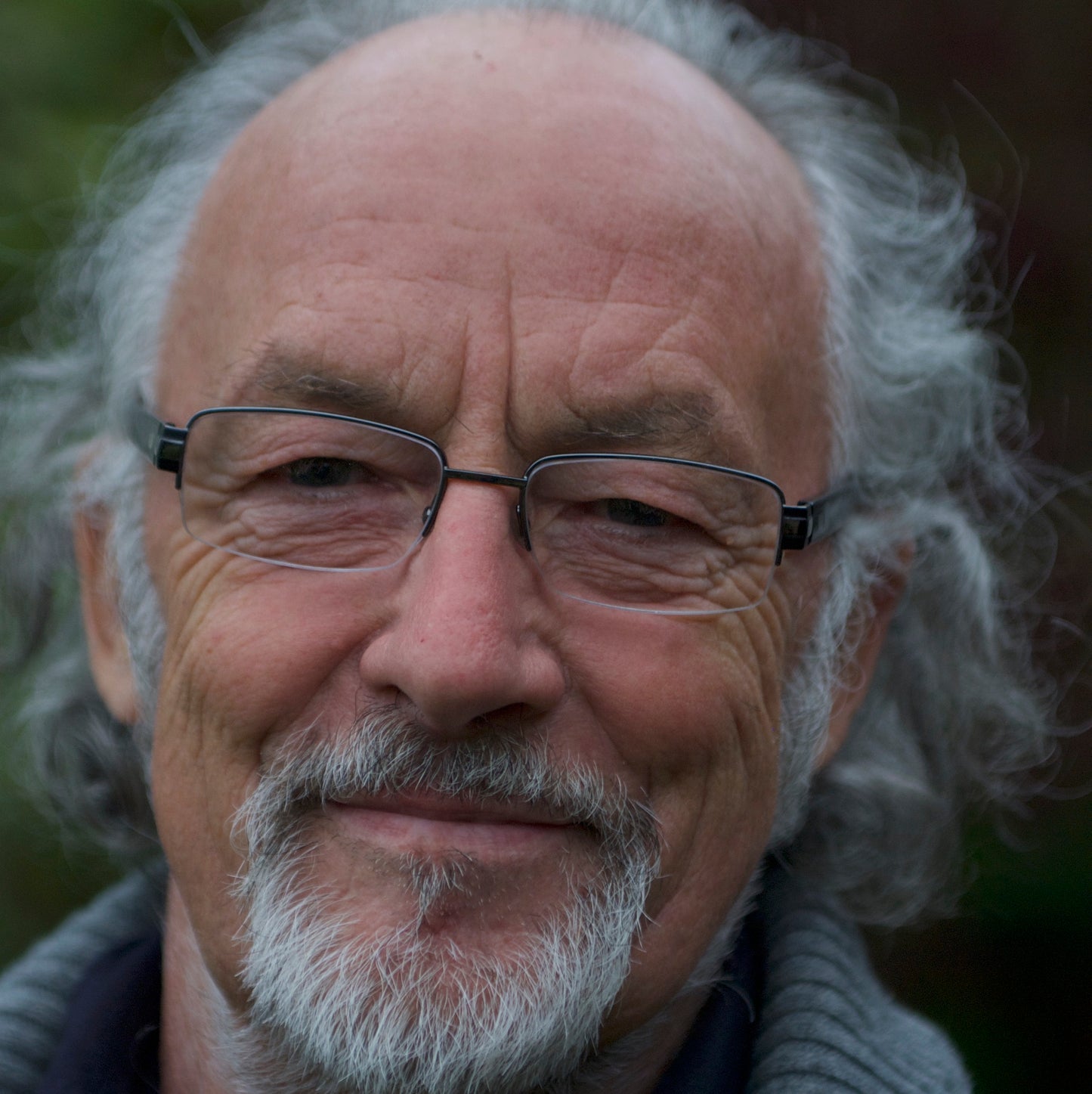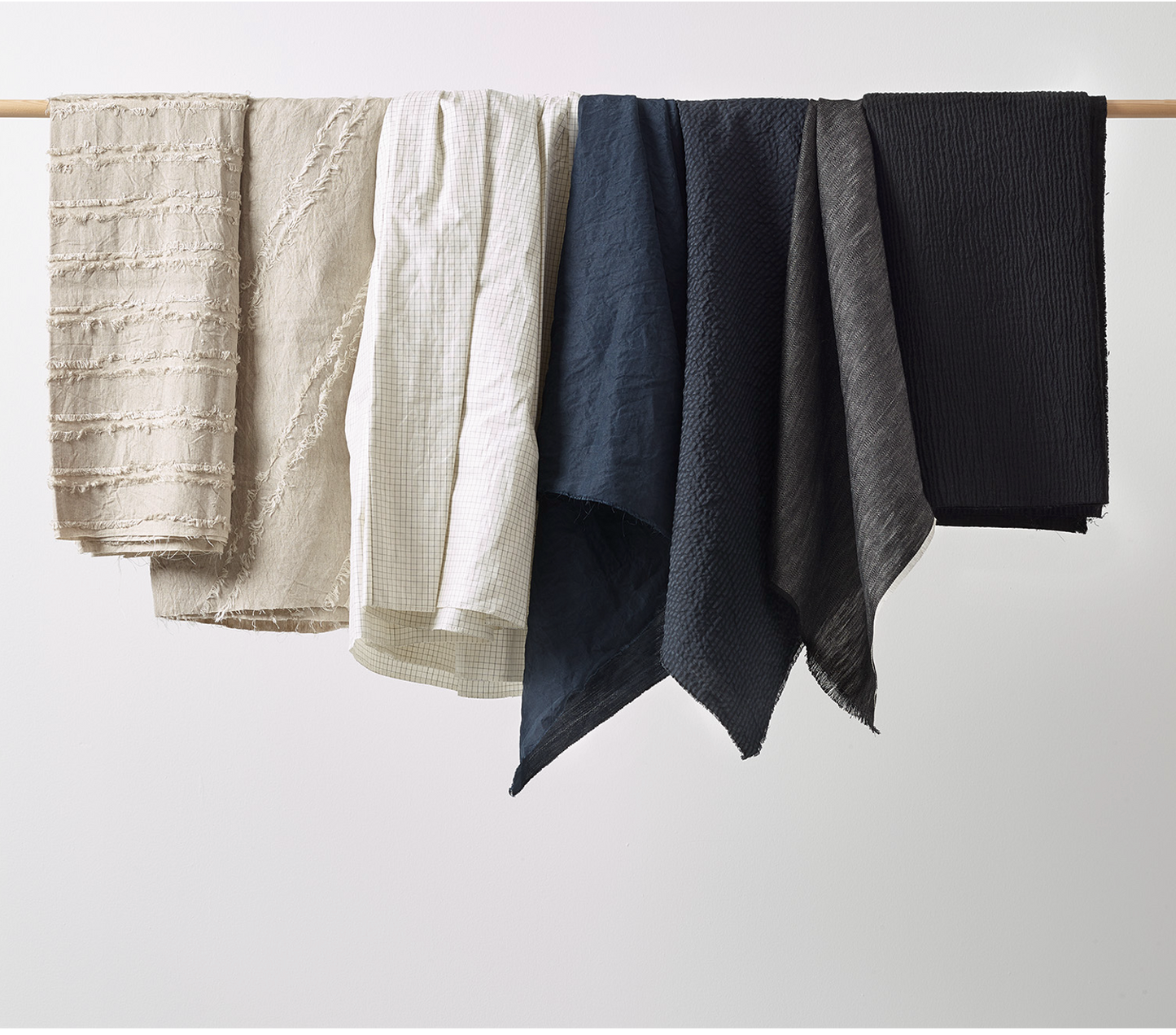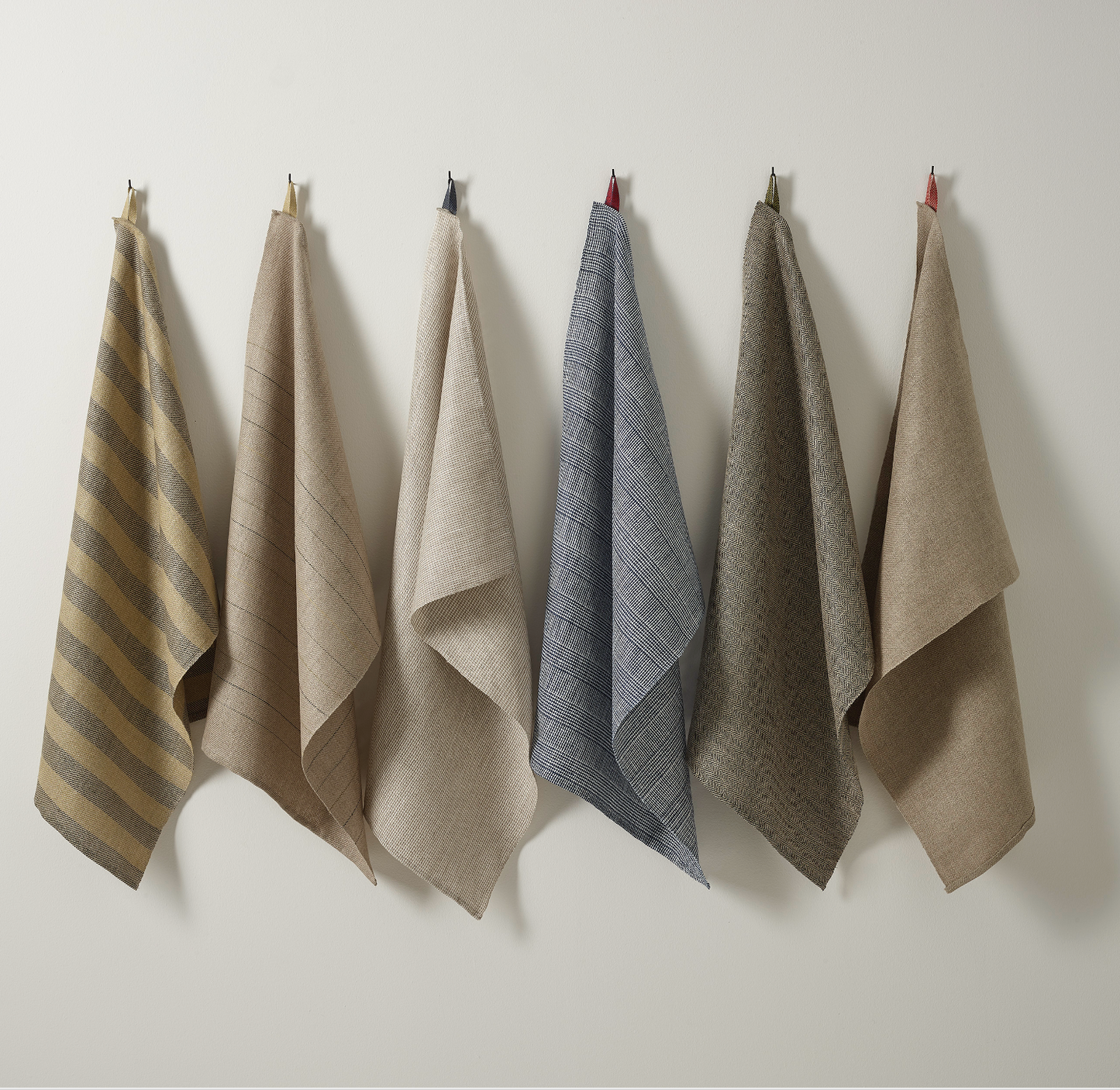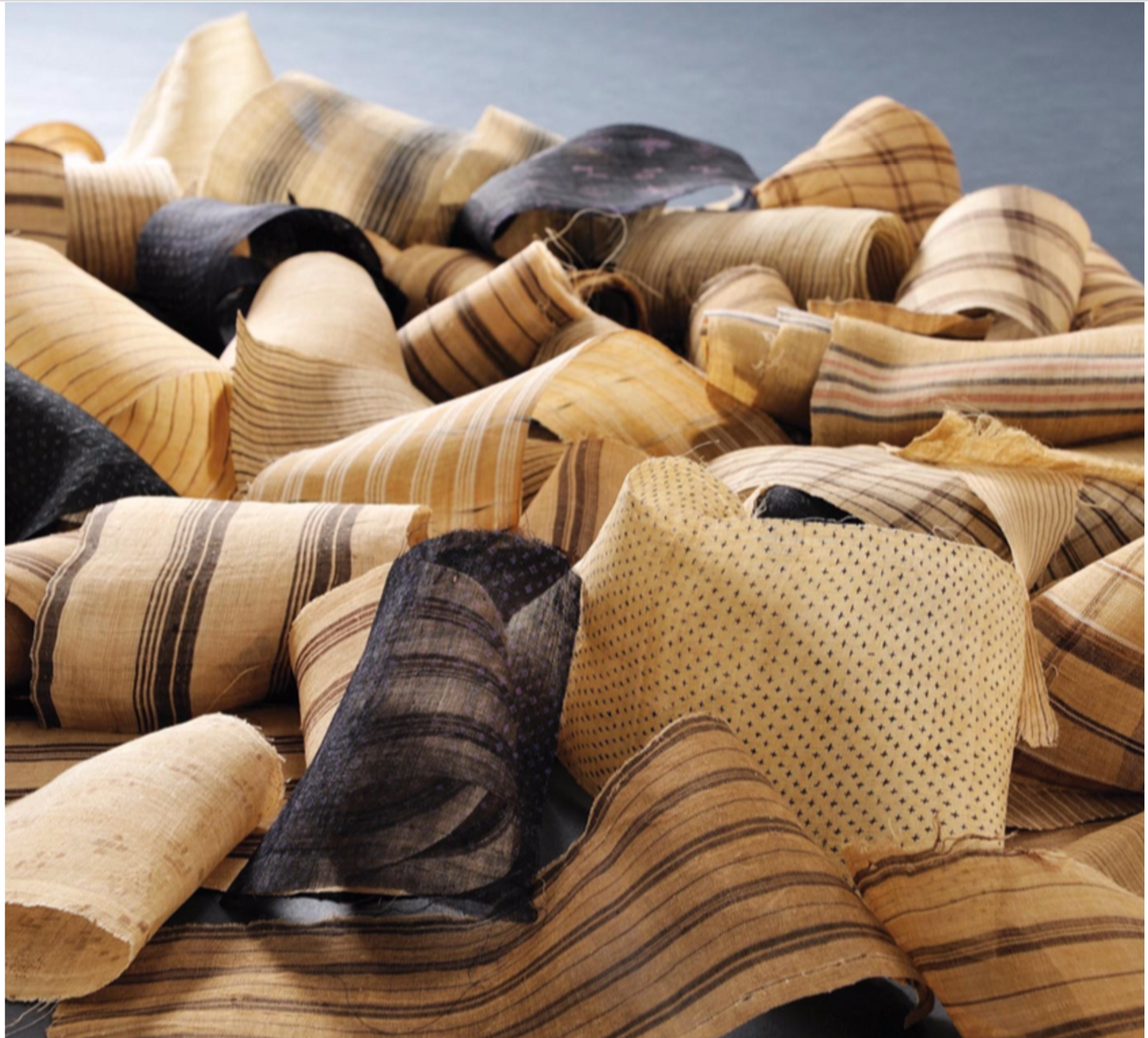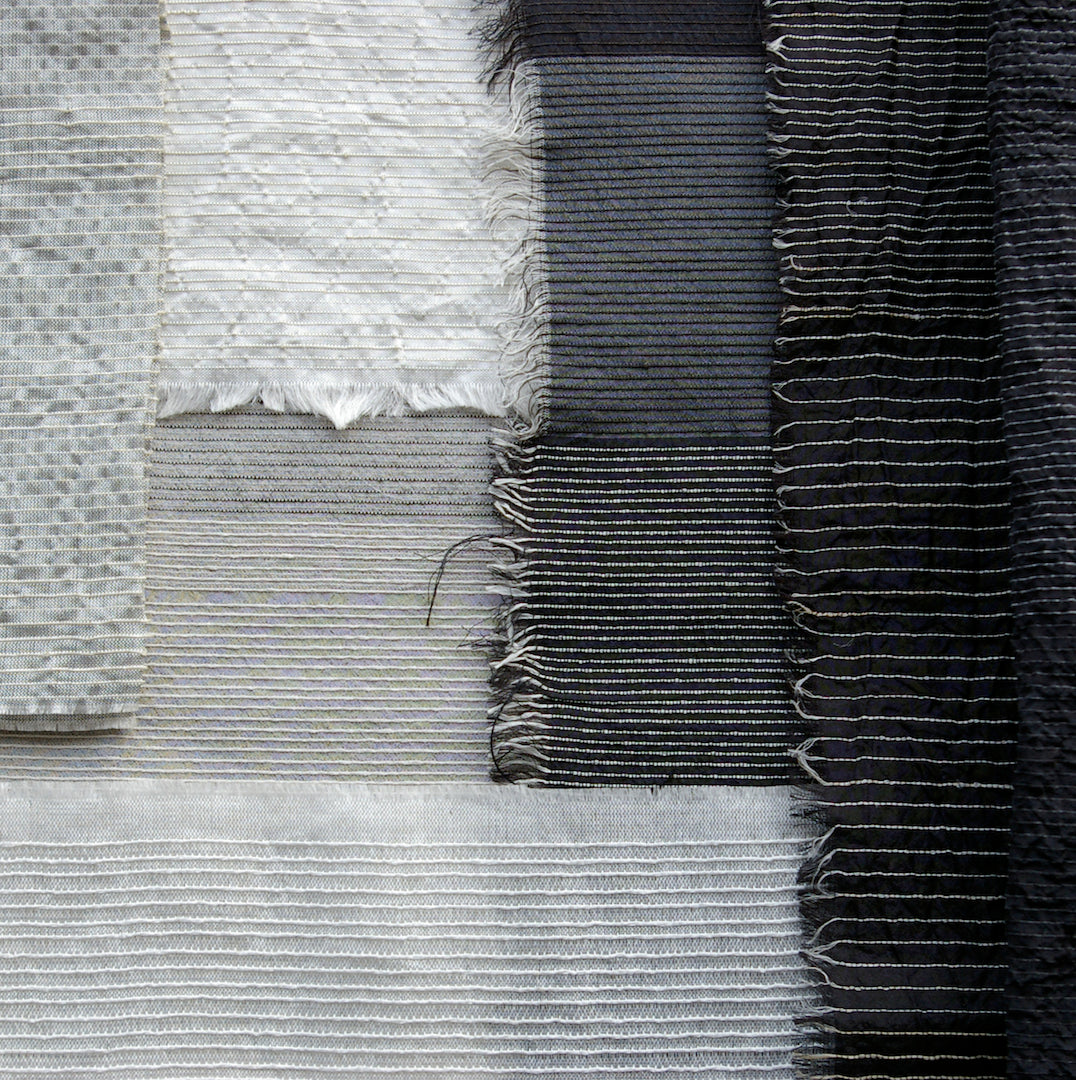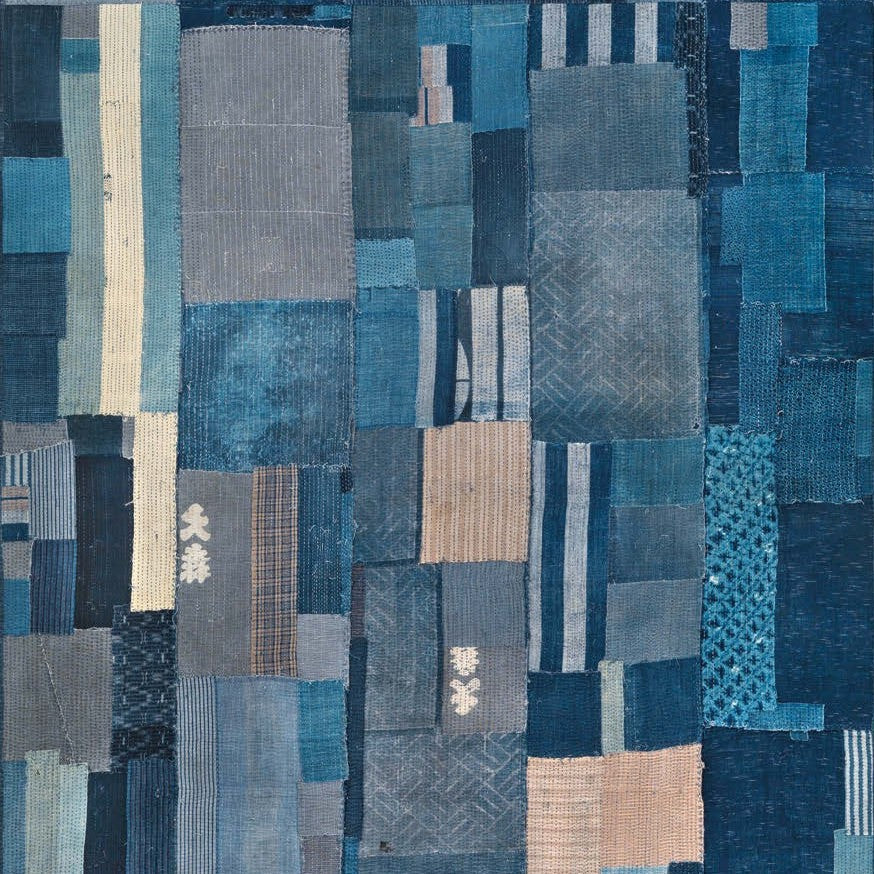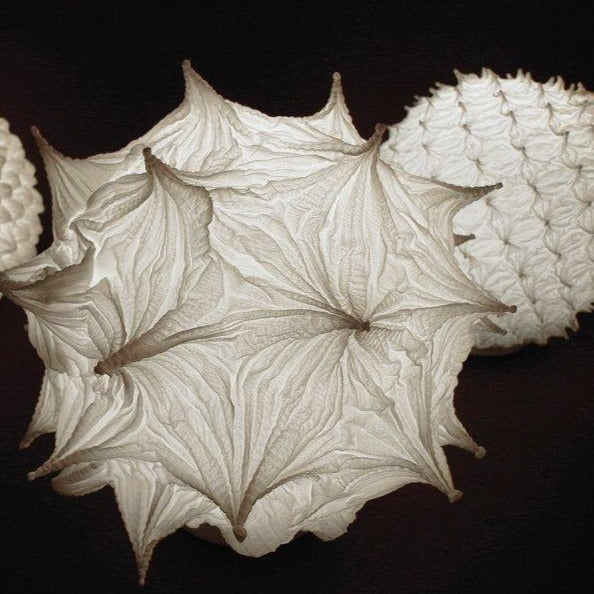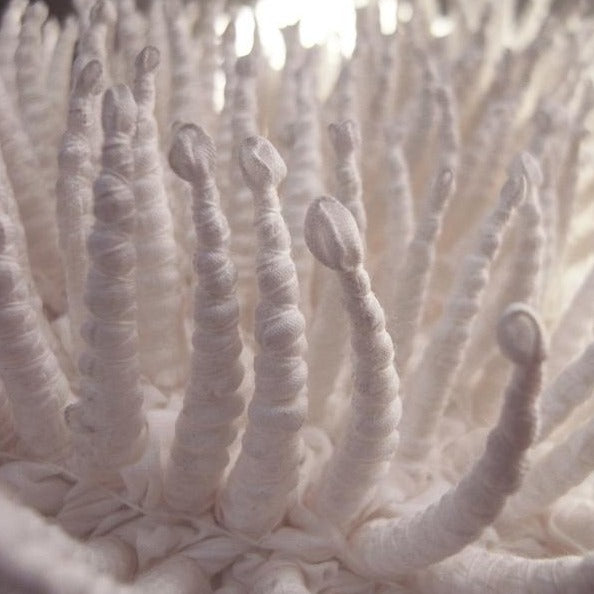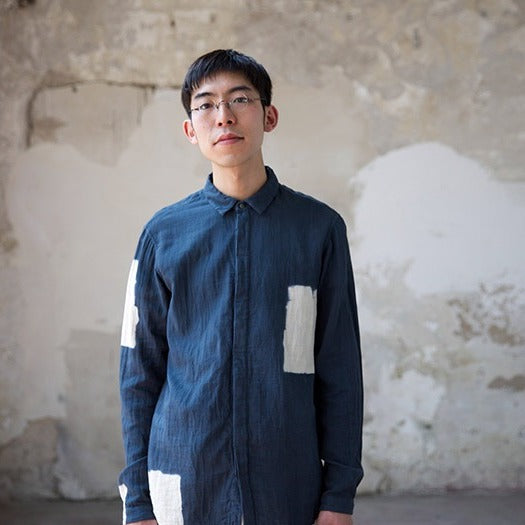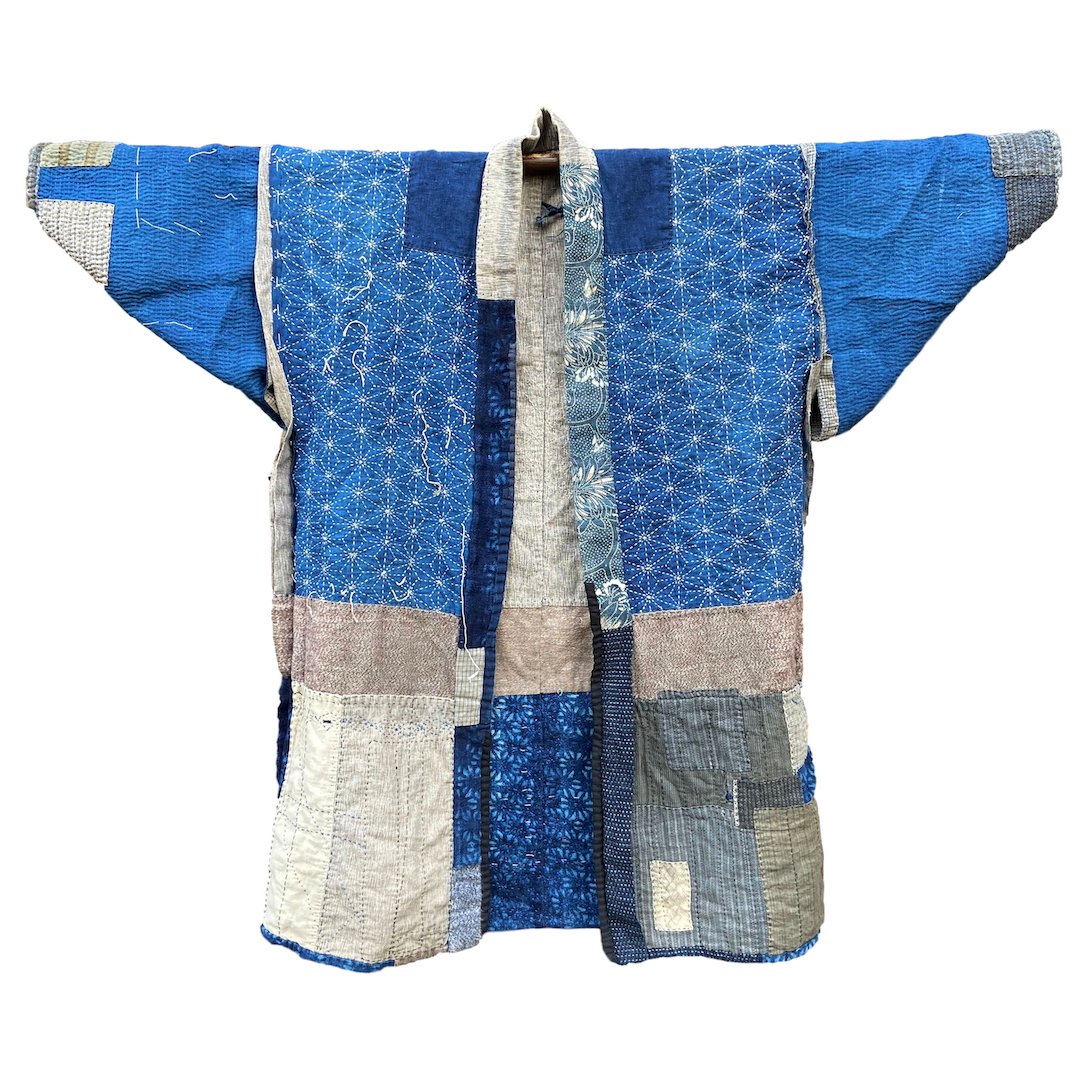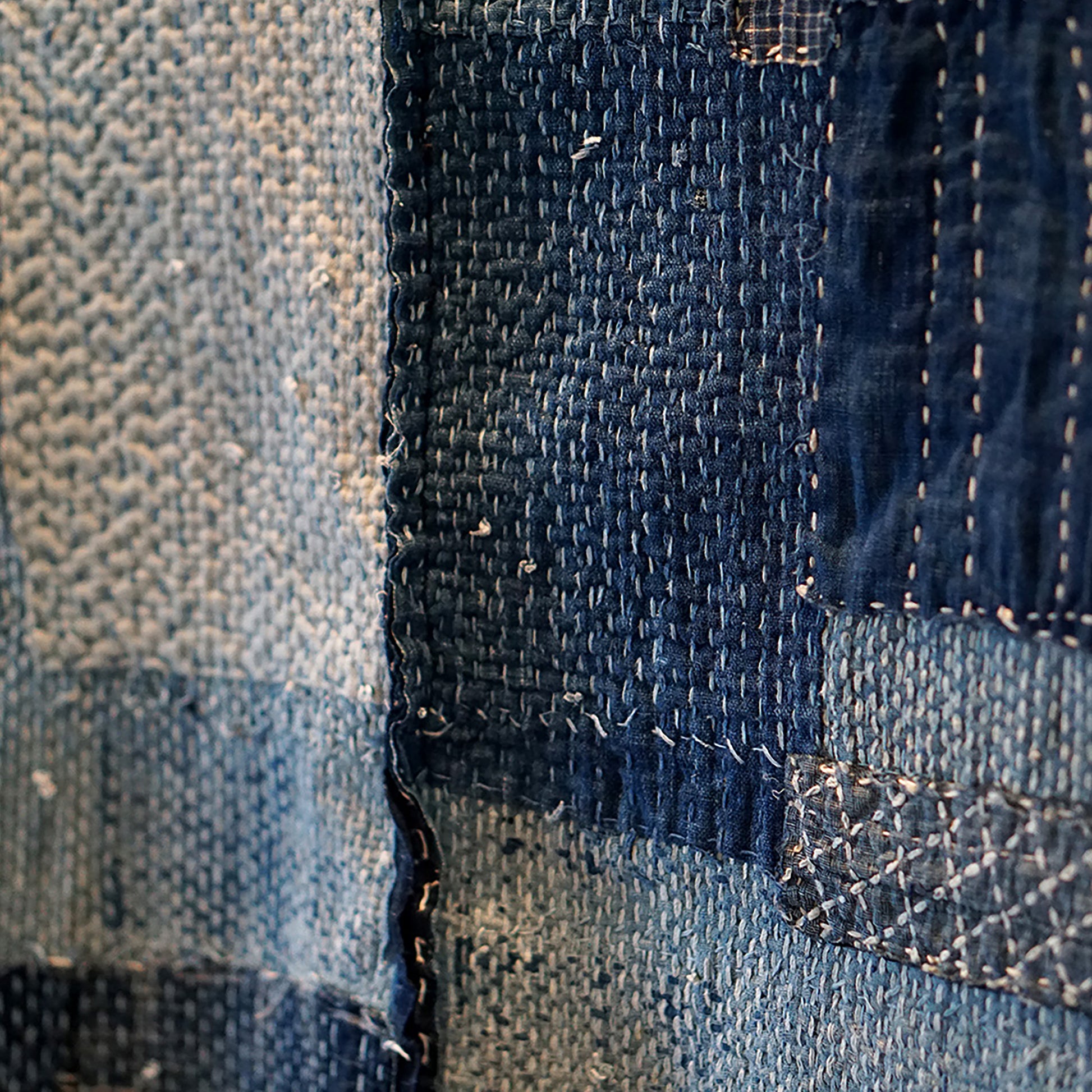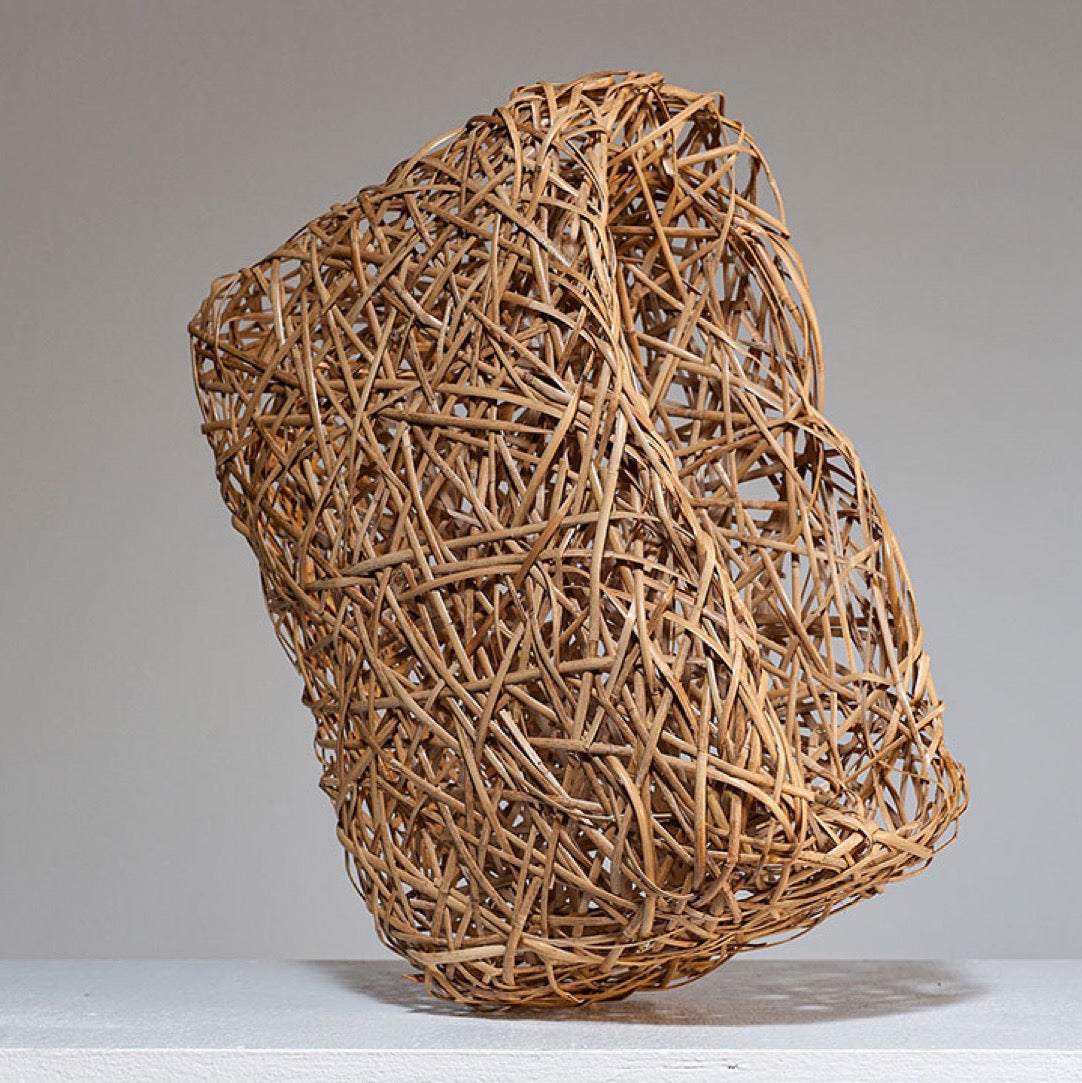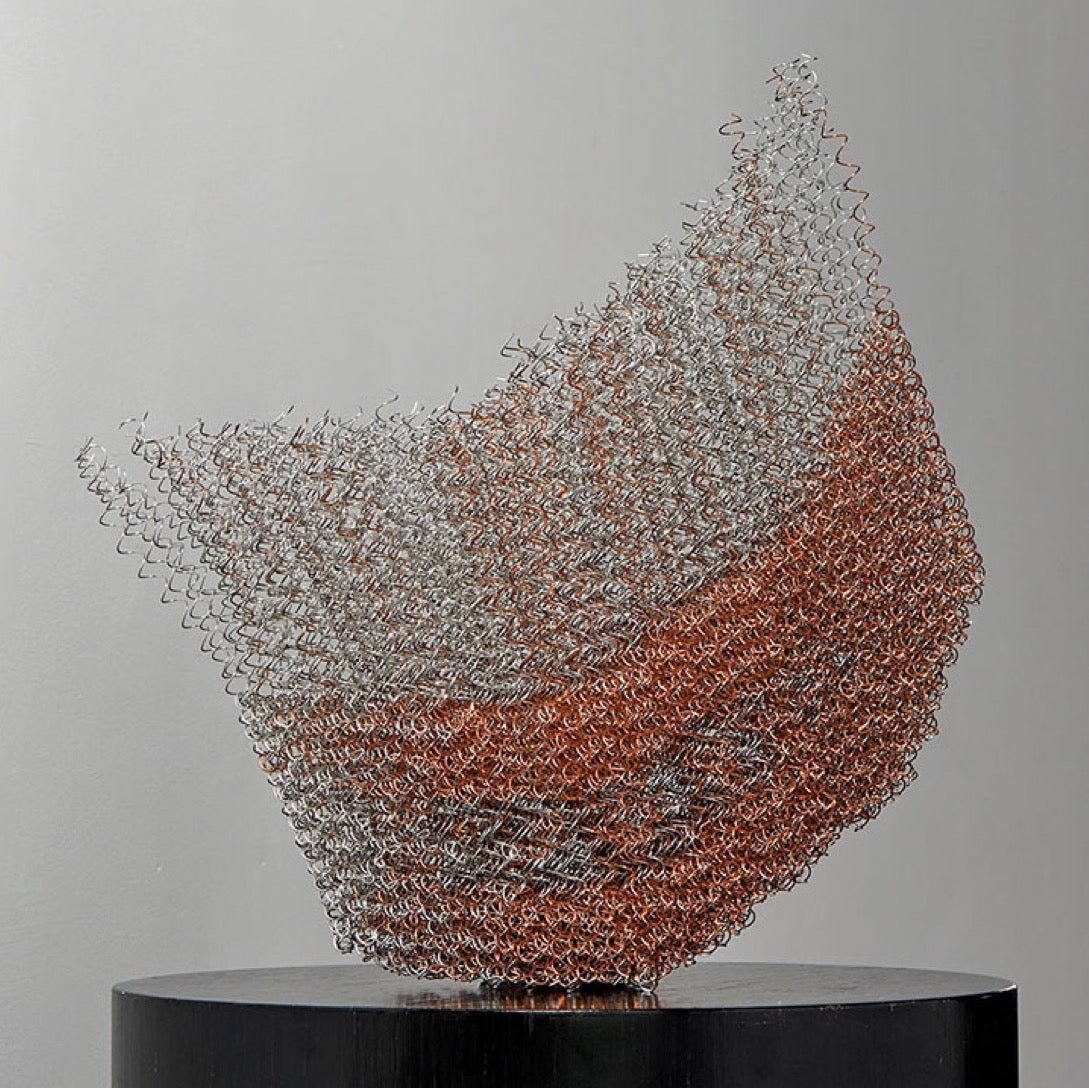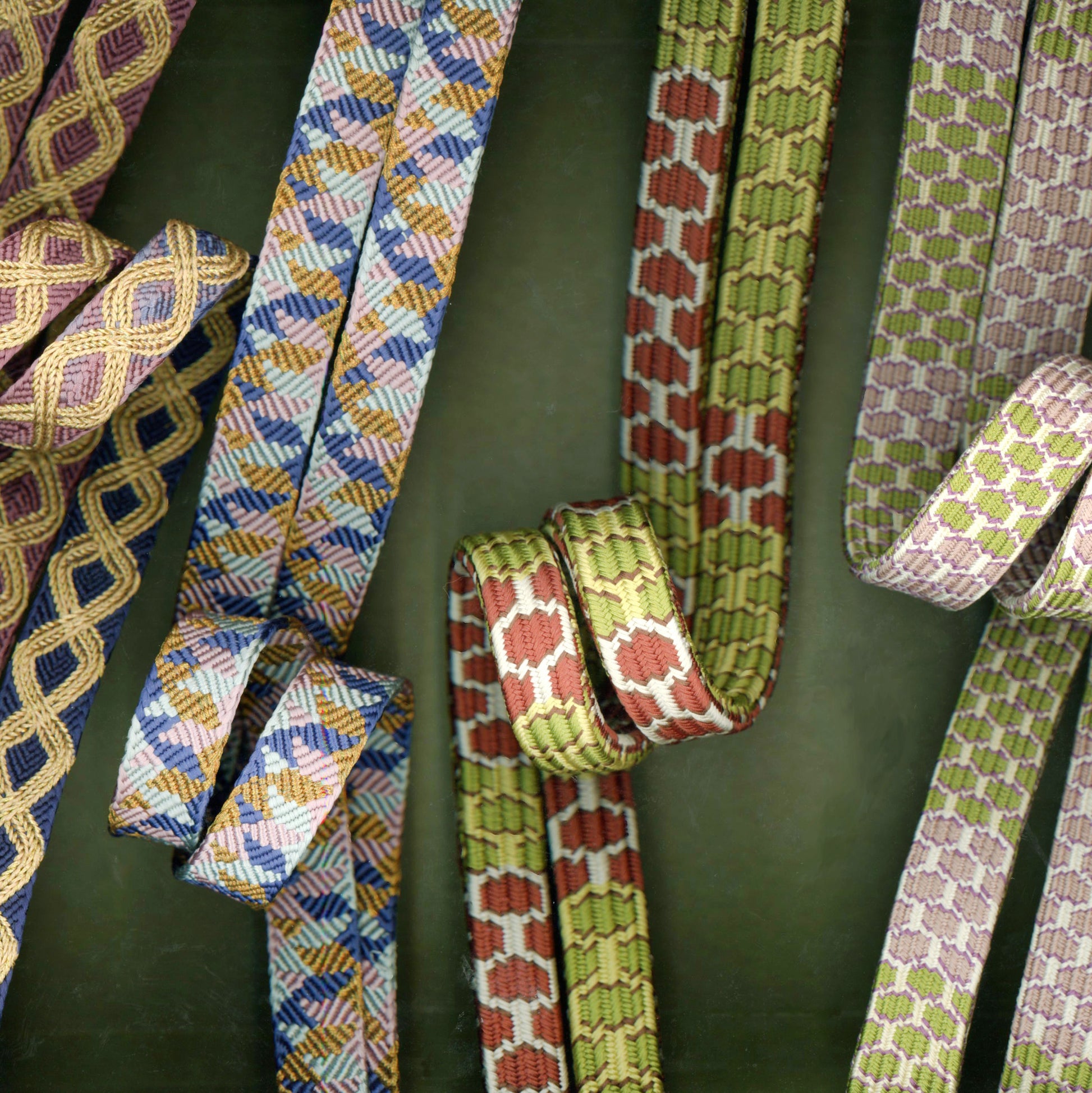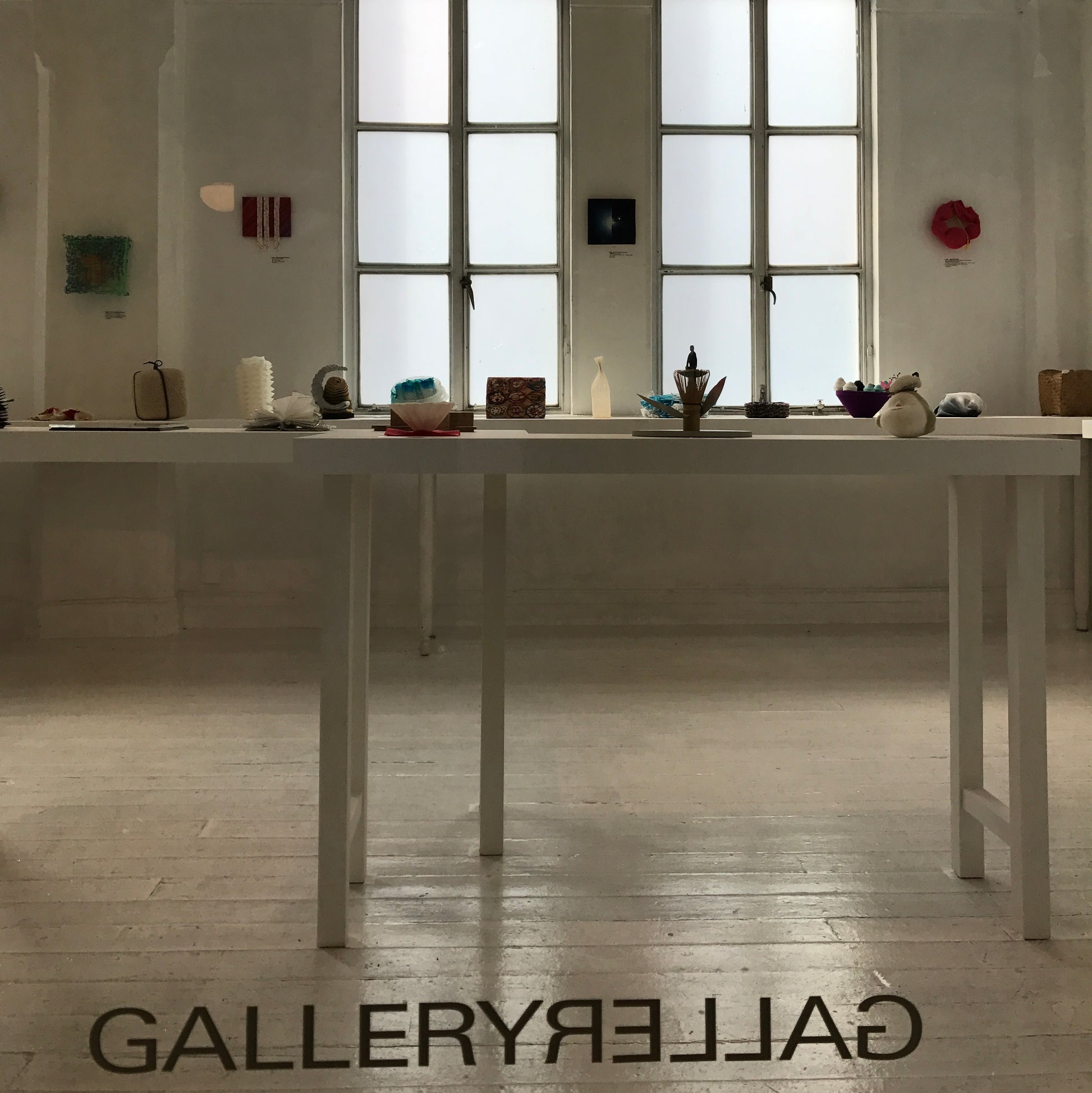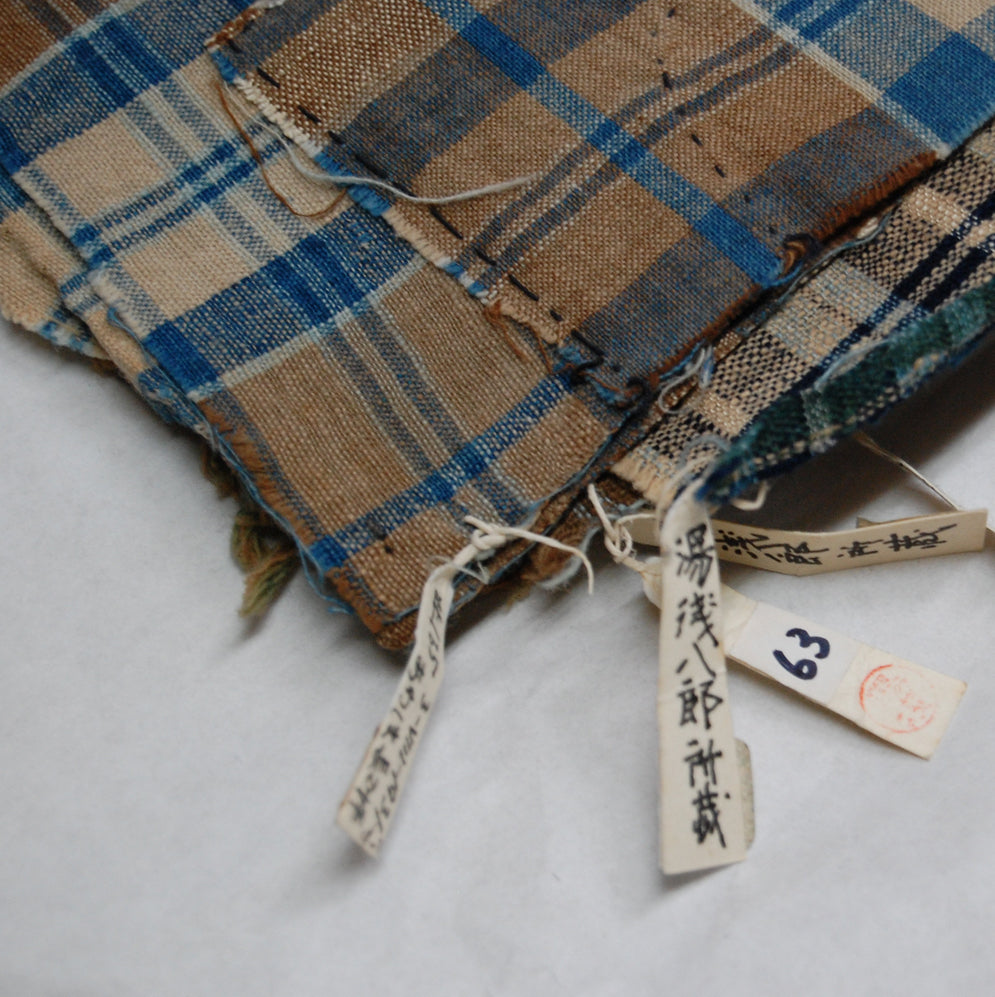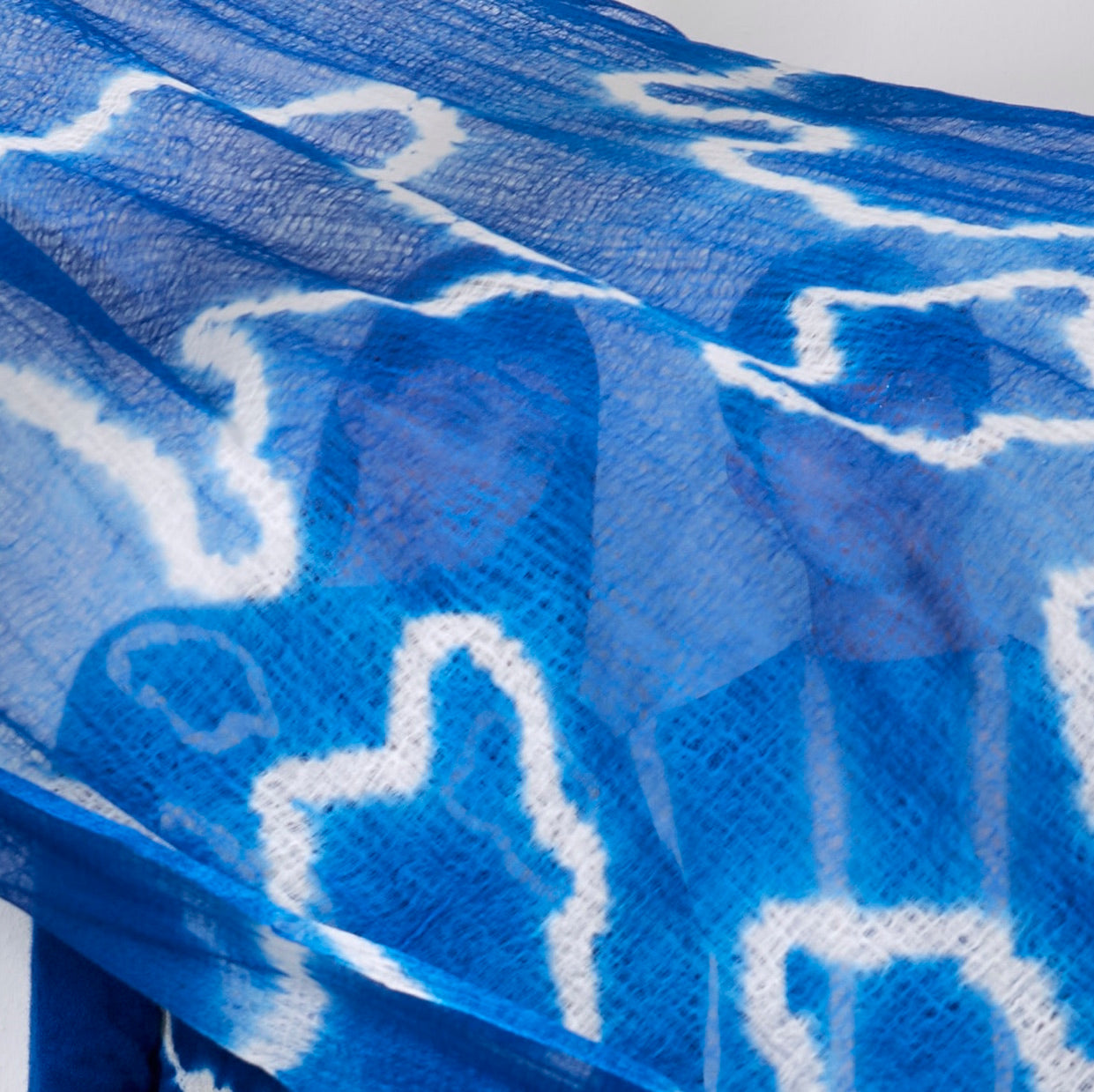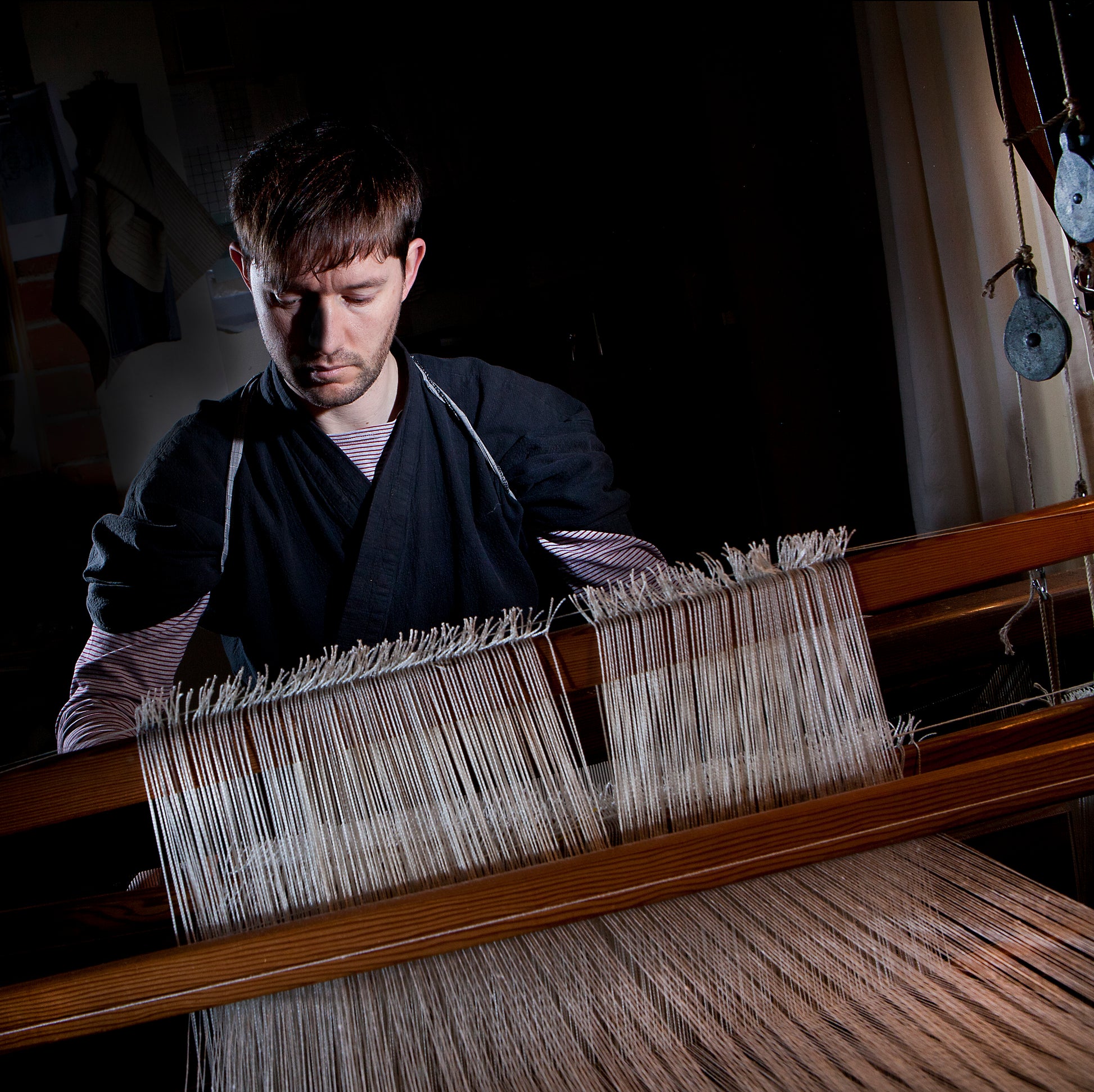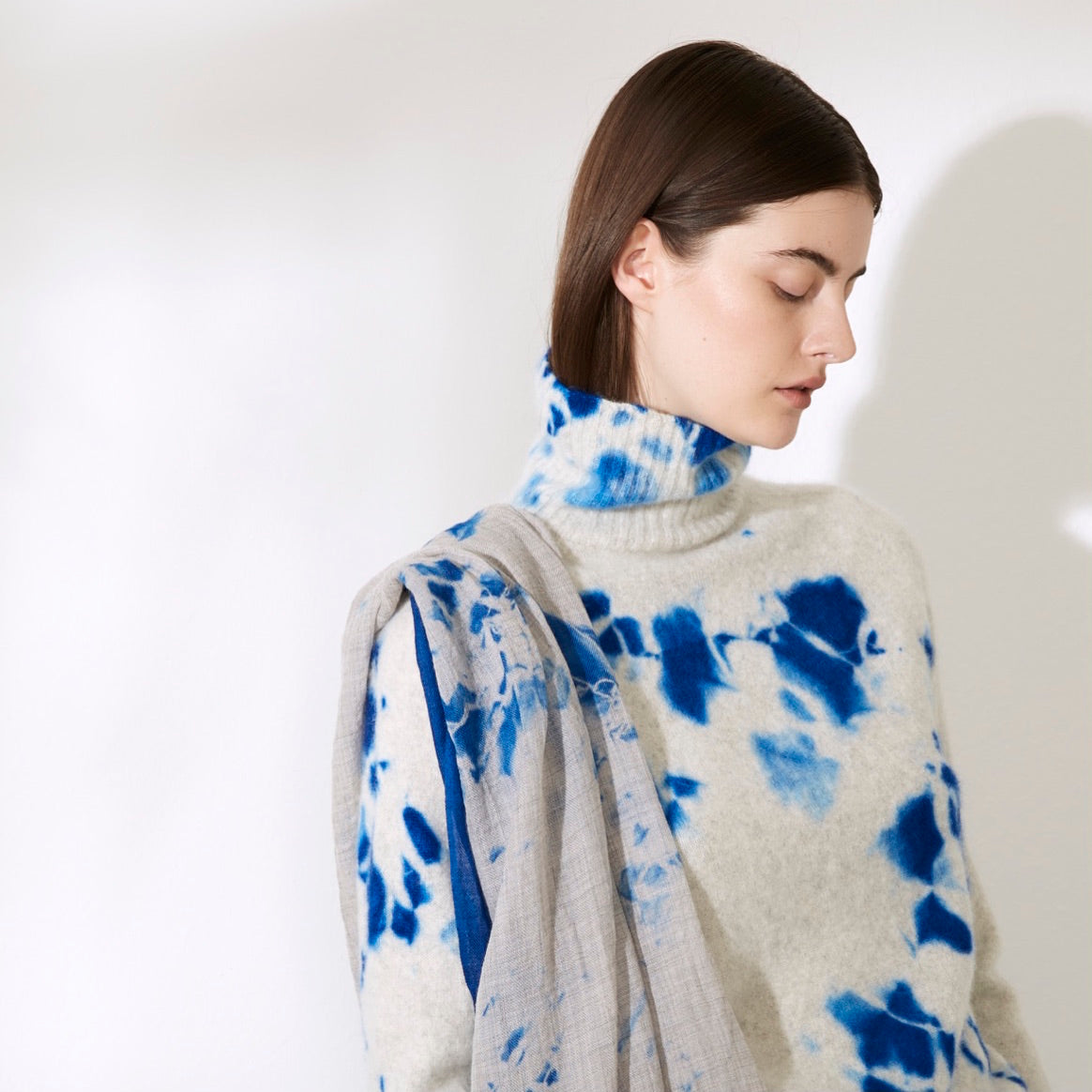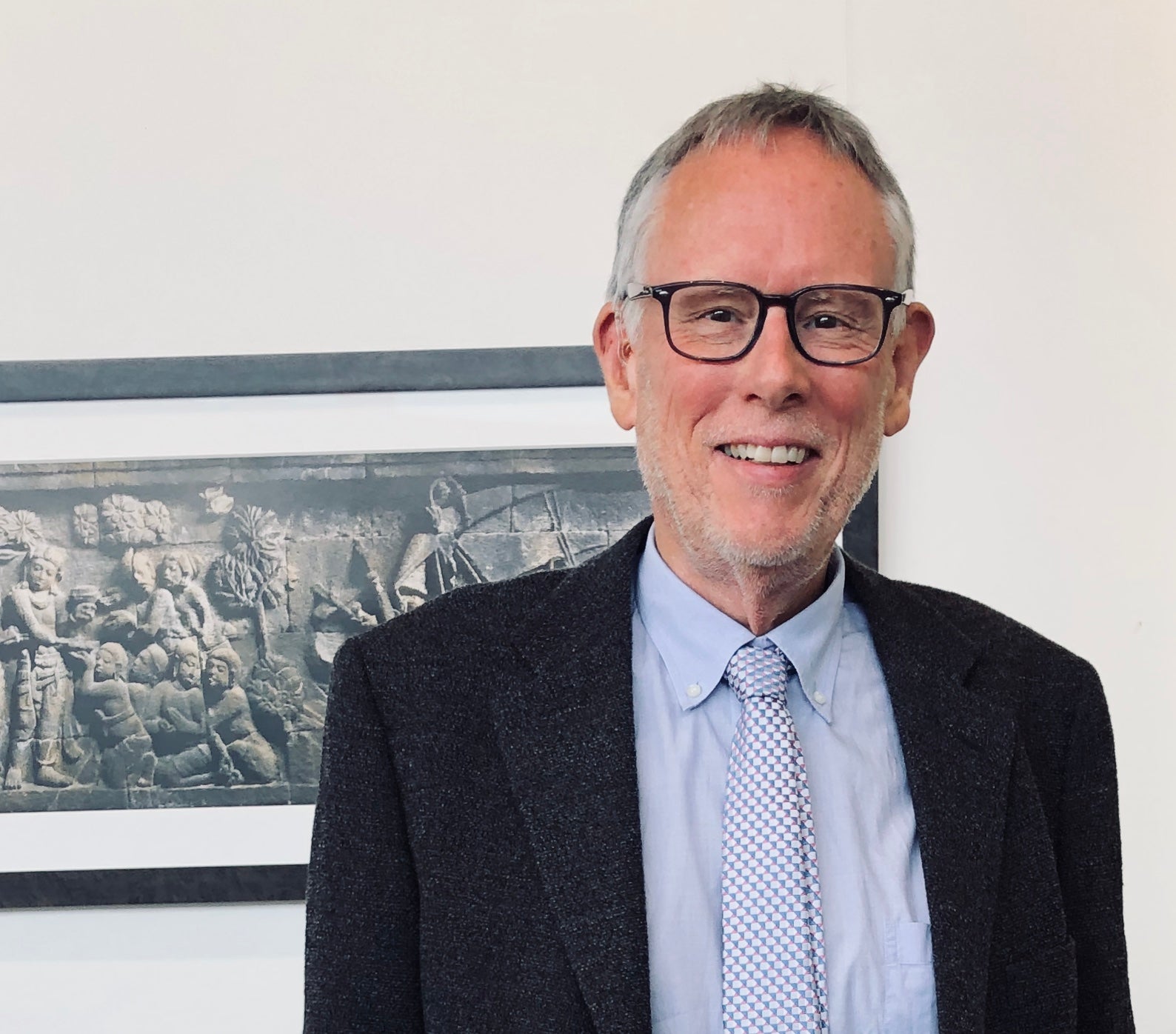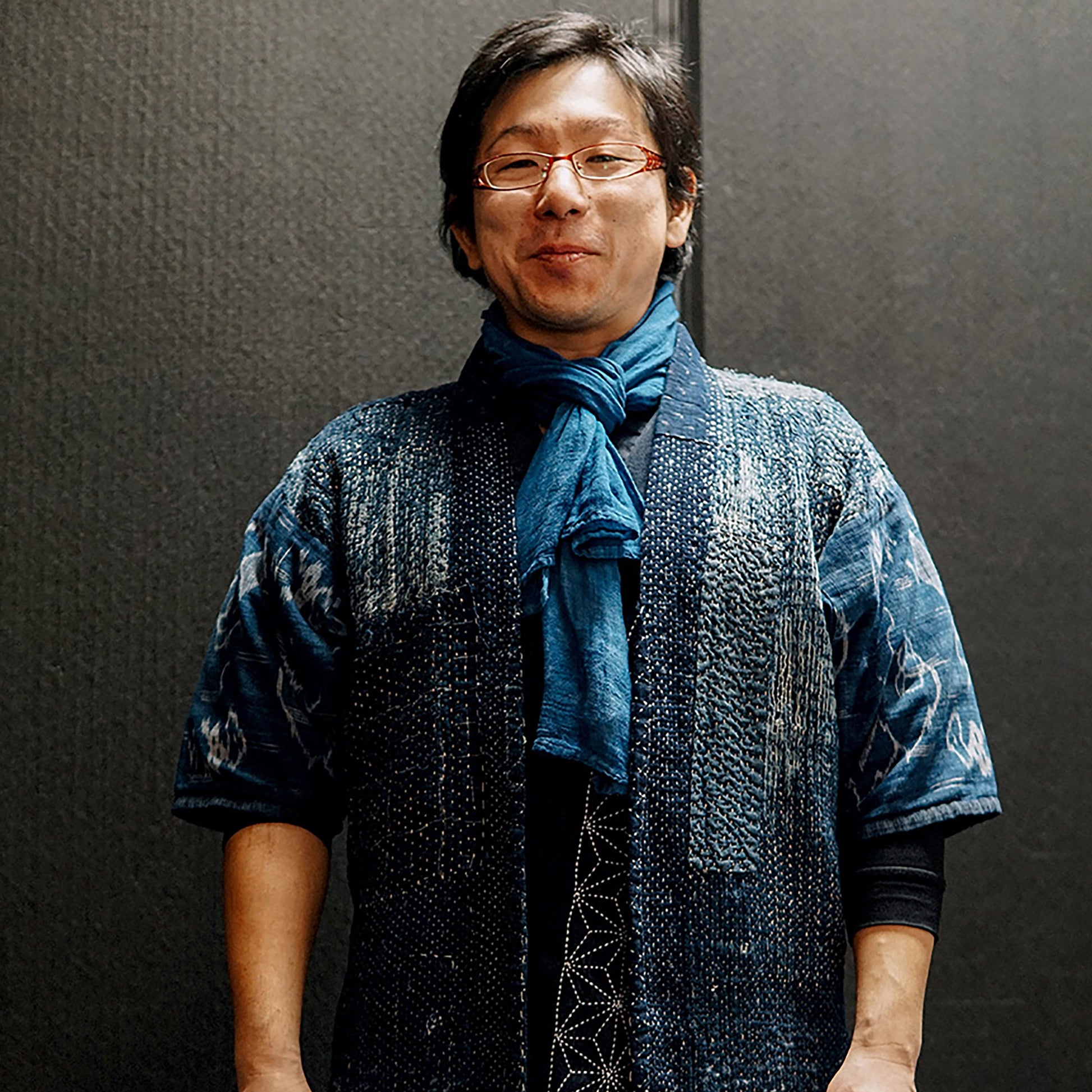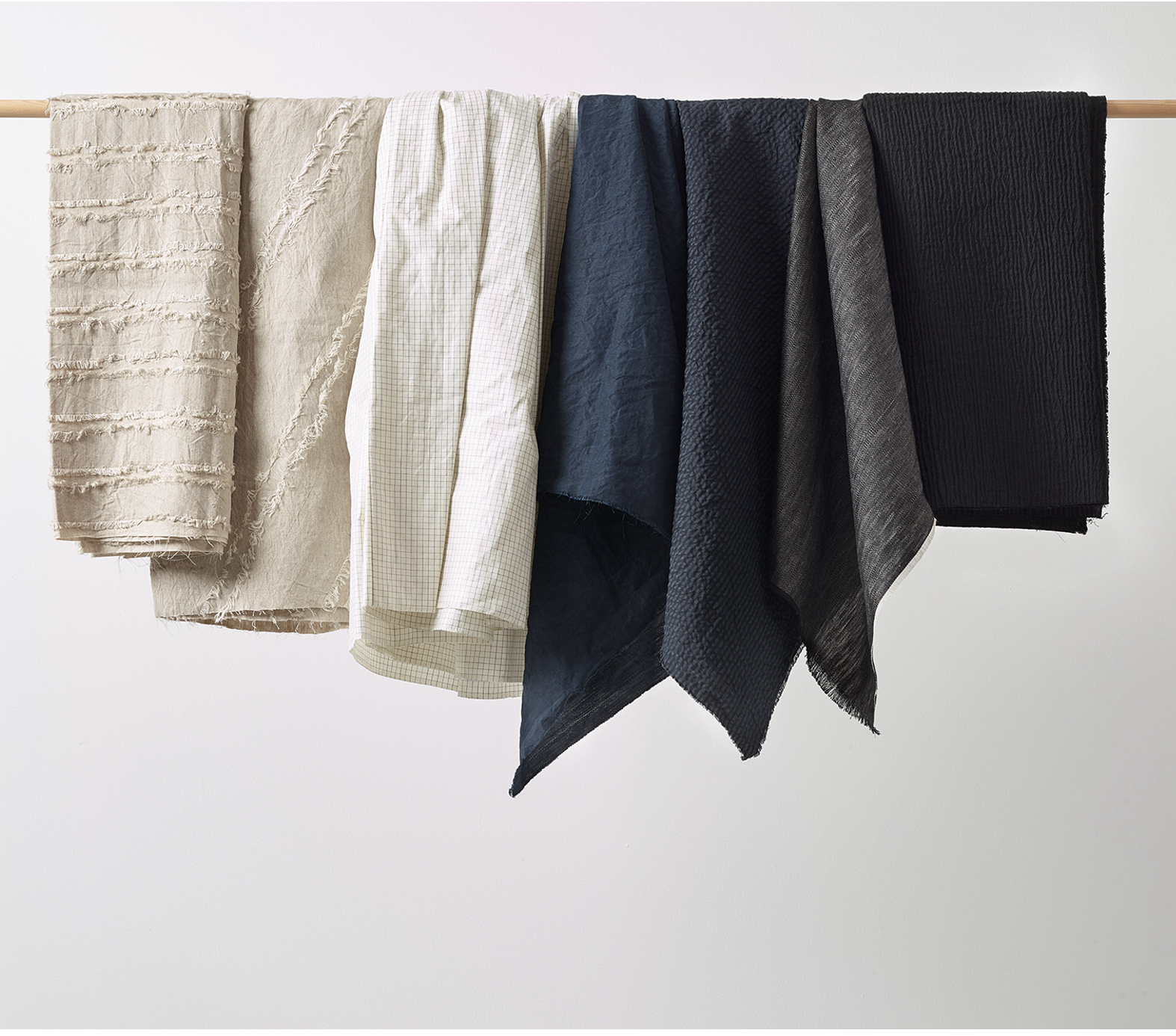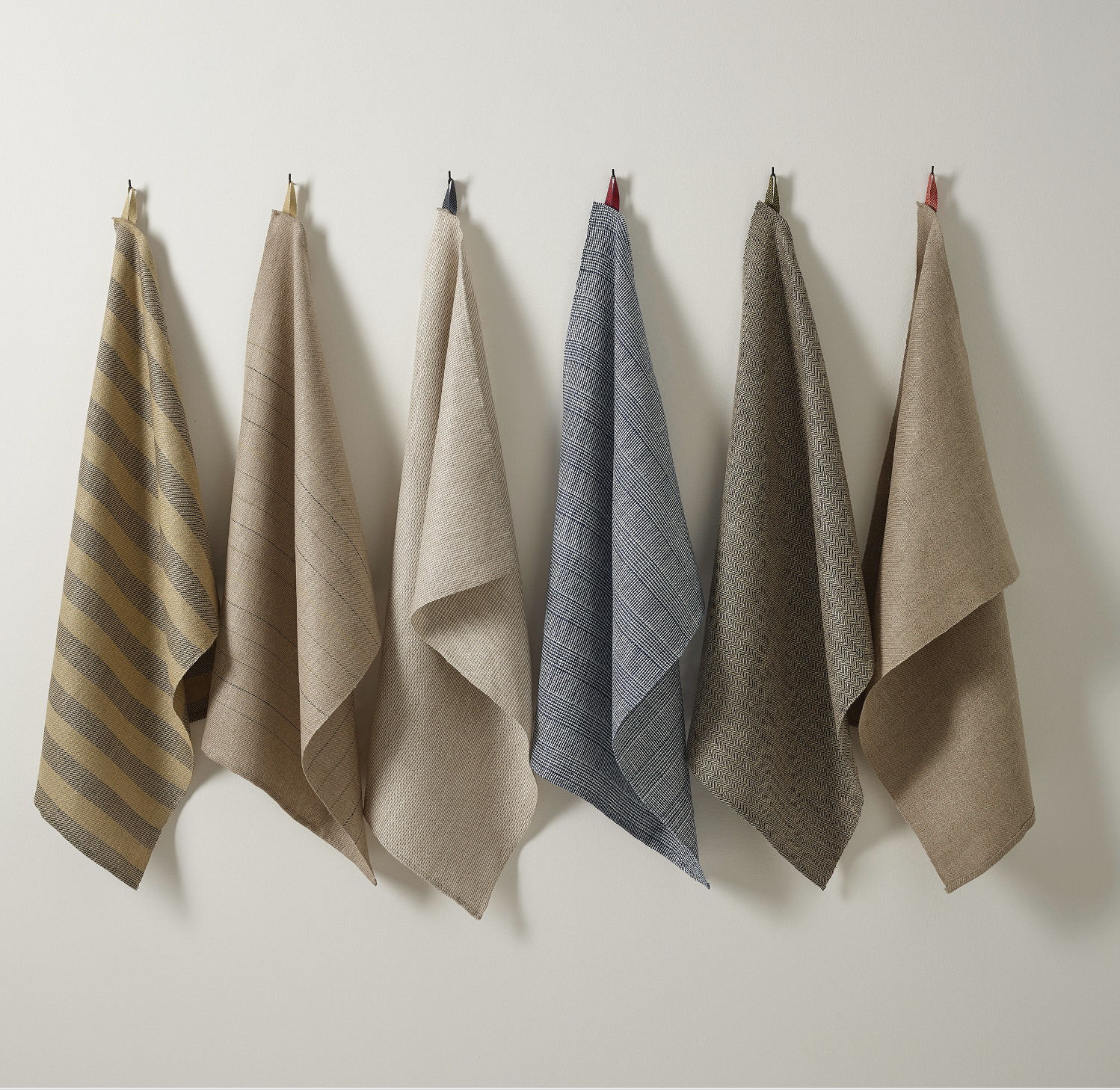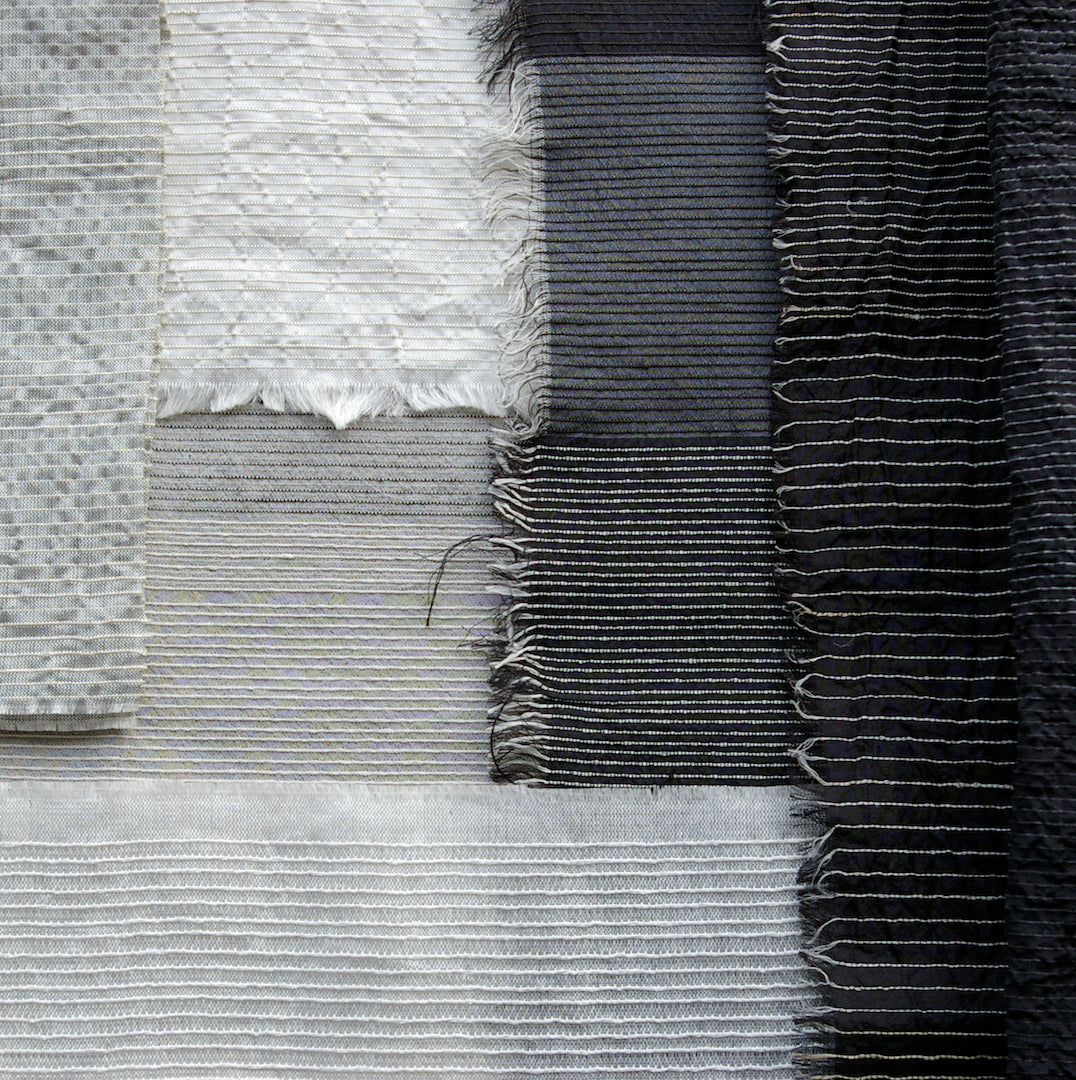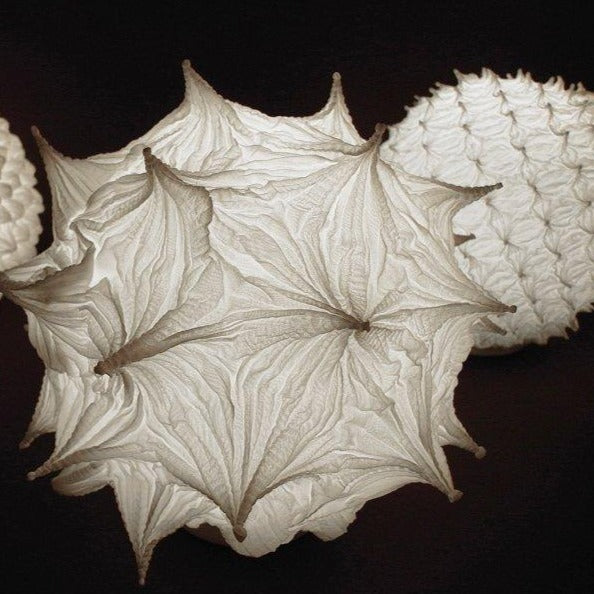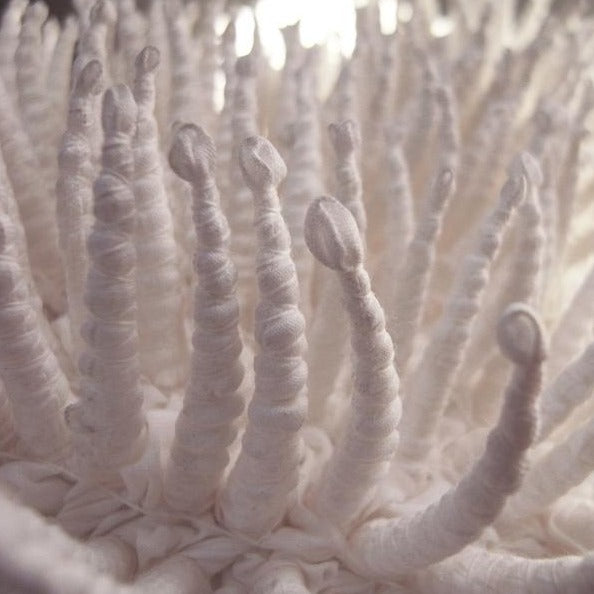Japanese Textiles
Selvedge Foundation
Couldn't load pickup availability
In this fast moving talk, we traverse a range of Japanese textiles and techniques including Kumihimo, Sashiko, Boro, indigo, shibori, kimono, as well as some of the history of Japanese fabrics.
Shop items related to the talk here.
Makiko Tada
Makiko Tada has been researching and producing Japanese braids “Kumihimo” for 50 years and Andean braids for 38 years. She is a researcher, designer and lecturer and has has published widely on Kumihimo including seven "Comprehensive Treatise of Braids."
She has repaired medieval braids, such as picture scrolls and scripture braids which from the eighth to fourteenth centuries for museums and shrines. From this work, she collected a series of square braids which were produced in the eighth to fourteenth centuries and are preserved as important national treasures in Japan. She has since developed a braiding machine that manufactures braids that can be developed to produce square braids with various cross sections such as L, C, and H types.
Yoshiko Wada
Yoshiko Iwamoto Wada is an artist, curator, researcher, and an exponent of traditional and sustainable practices in textile production. She holds a BFA in Textile Art from Japan, an MFA in Painting from the USA, and received the Japan Foundation Fellowship in 1979 and 1996 which yielded the definitive books, Shibori: The Inventive Art of Japanese Shaped Resist Dyeing, and later Memory on Cloth: Shibori Now. In 1973, she co-authored Ikat: An Introduction, the first technical instruction book in English on kasuri, Japanese ikat weaving.
Yoshiko is President of the World Shibori Network. She also consults for designers, including for the Hollywood film, “Memoirs of a Geisha”; Cirque du Soleil; and Christina Kim of dosa inc. Yoshiko is a leader in the Slow Fibre movement which works with regional textile production centers and traditional artisan communities to create culturally, socially and environmentally sustainable practices.
Atsushi Futatsuya
Atsushi Futatsuya is a Sashiko artisan and story-teller. His expertise in Sashiko comes from his mother, Keiko Futatsuya’s, a great Sashiko talent. Atsushi was born in a Sashiko family in Gifu Prefecture, Japan. Since his childhood, he has practiced Sashiko with Sashiko artisans, including Keiko.
In 2015, Keiko started Sashi.Co to share the beauty of Sashiko and the process of ordinary Sashiko. Inspired by his mother, Atsushi started sharing his techniques and stories of Sashiko through Upcycle Stitches.
Atsushi focuses on the importance of tradition and process. His work not only communicates the beauty of hand stitching, but it also reminds us of a more spiritual relationship with cloth and how, through Sashiko, you communicate to the fabric while stitching.
Thomas Murray
Thomas Murray is an independent researcher, collector, lecturer and private dealer of Asian and Tribal art. A HALI magazine contributing editor with more than 50 publications, his recent book, Textiles of Japan was met with critical acclaim. Thomas Murray is Past President of ATADA, The Antique Tribal Art Dealers Association and served a three-year term as a member of President Obama's Cultural Property Advisory Committee at the State Department.
Keiko Kawashima
Born in Osaka, Keiko studied Textiles at the Seian Women College of Art & Design, Kyoto and Japanese Art History at Doshisha University before opening GALLERYGALLERY, the Kyoto International Contemporary Textile Art Center (KIC TAC).
Rhonda Brown
Rhonda Brown has serves as co-curator and editorial director of browngrotta arts. For more than 30 years, browngrotta arts has been advancing the field of contemporary fibre arts by curating and exhibiting renowned contemporary artists who celebrate the exploration of fibre art techniques and the unique possibilities of fibrous materials. browngrotta arts has published 50 art catalogs. Rhonda’s writing on textile arts has appeared in several exhibition catalogs and selvedge; Fiberarts; NBO Quarterly Review; Surface Design Journal and Weston magazine.
Gordon Reece
Gordon Reece opened his first gallery dedicated to promoting non-European Art in 1981 in his home town of Knaresborough. He travelled extensively in Asia and southeast Asia in order to discover rare artefacts. In 1997 Gordon acquired Waddington's old gallery space in Mayfair, which became his London venue until its closure in 2007. During this time he acquired an enviable international reputation, for the diversity and quality of his collections. Mounting well-over 300 specialist exhibitions between three venues and selling to museums and galleries around the world. Currently he is in the process of preparing a special exhibit on 11 Futongawa from the original Somerset House exhibition, plus all the related information boards, catalogues and postcards.
Tim Parry-Williams
Weaver, Researcher, Curator, Writer, Consultant, and Educator. Initially trained in the UK and later in Japan, work has encompassed a wide range of projects including commercial collaboration, sustainable development, and research, publishing through exhibitions, conferences, and peer-reviewed journals worldwide. In particular, over 20-years' experience with Japan brings an extensive knowledge of local crafts and industry, and an internationally recognised expertise on Japanese textile culture.
Tim Parry-Williams is currently Professor of Art: Textiles, Faculty of Art, Music and Design, University of Bergen, Norway; Member of the Board of Trustees and Acquisitions, Crafts Study Centre, UK; and Member: Advisory Board, European Textile Network.
Hiroyuki Murase
Hiroyuki Murase, a fifth generation member of a Shibori artisan family studied Visual Art and Architecture at the Art Academy (Kunstakademie) in Düsseldorf, Germany. He became Creative Director of suzusan in 2008 and launched a shawl collection, then ready-to-wear collection in 2015 using this heritage. Hiroyuki Murase's family has a long tradition working in Shibori yet the designer has taken the traditional techniques and applied selected materials such as hand-woven cashmere, alpaca or transparent silk from Japan and all over the world. The fusion of hand dyed colours and sheer fabrics is a new take on the craftsman’s tradition.
Cancellation policy
All virtual talks are non-refundable.
Share
